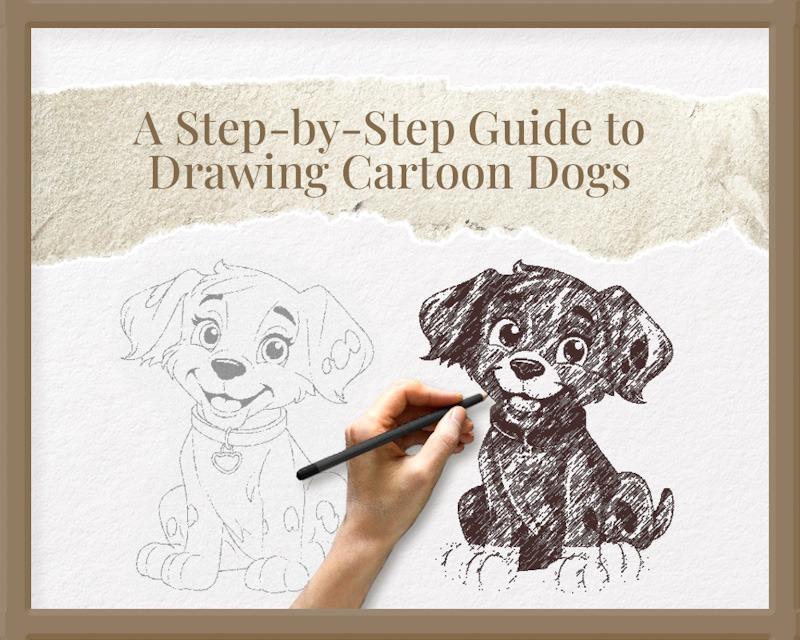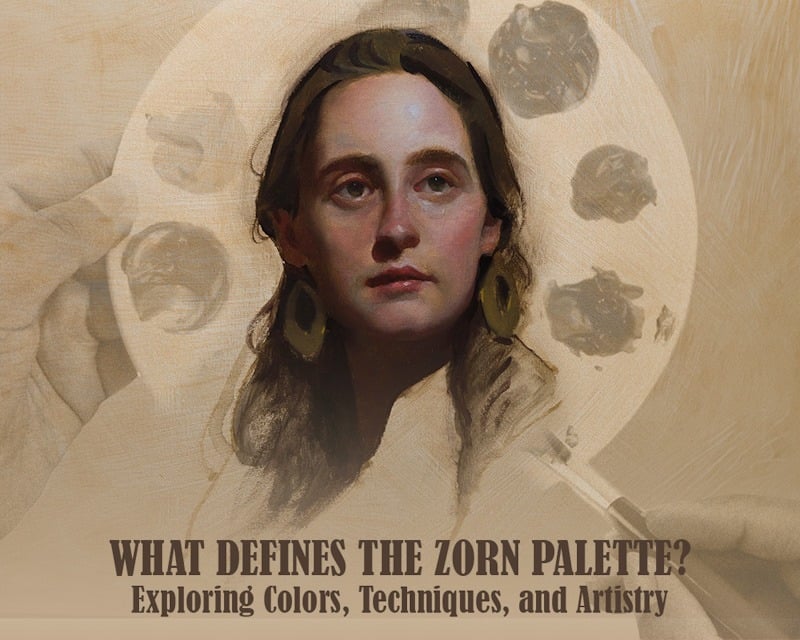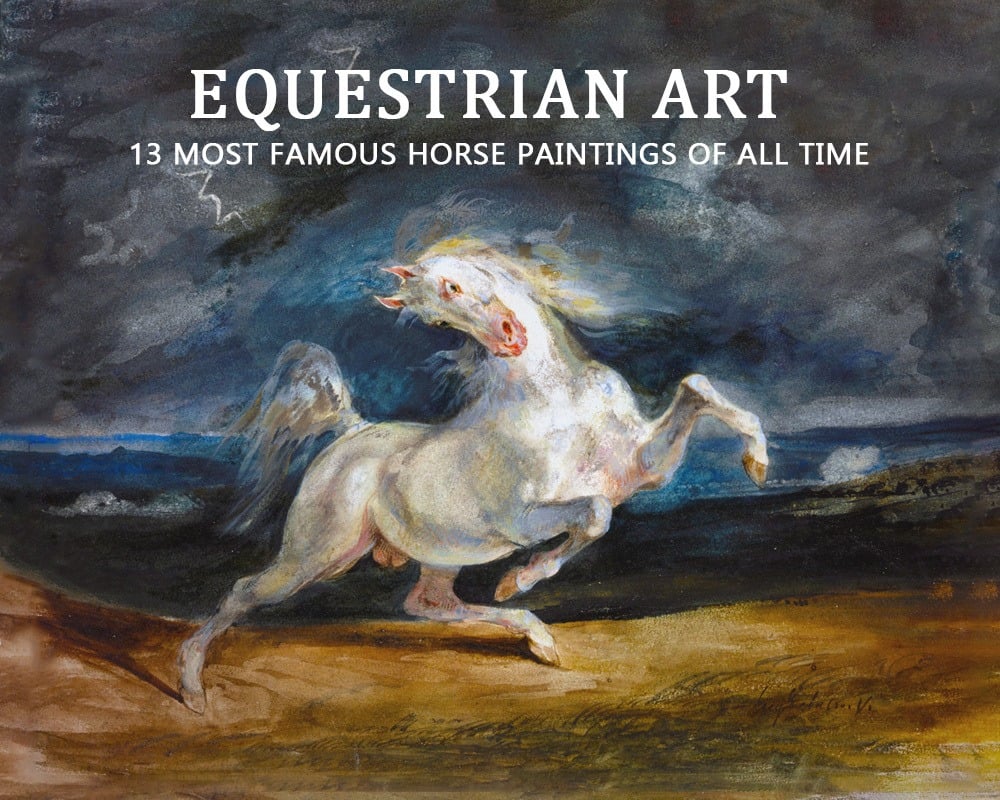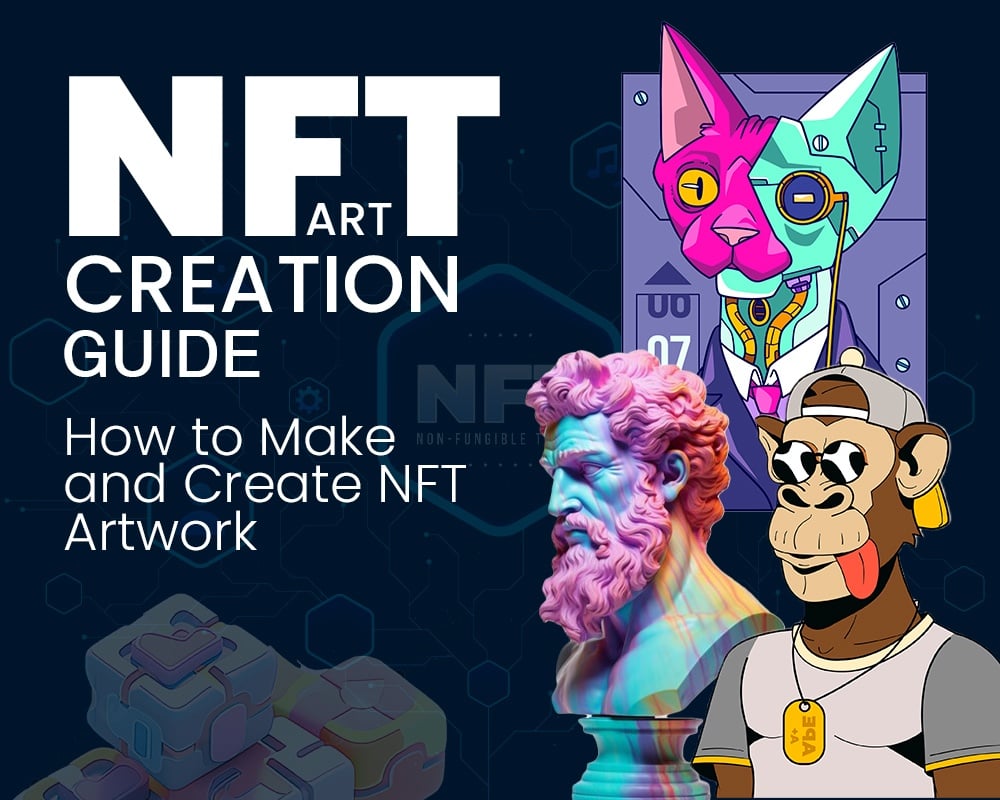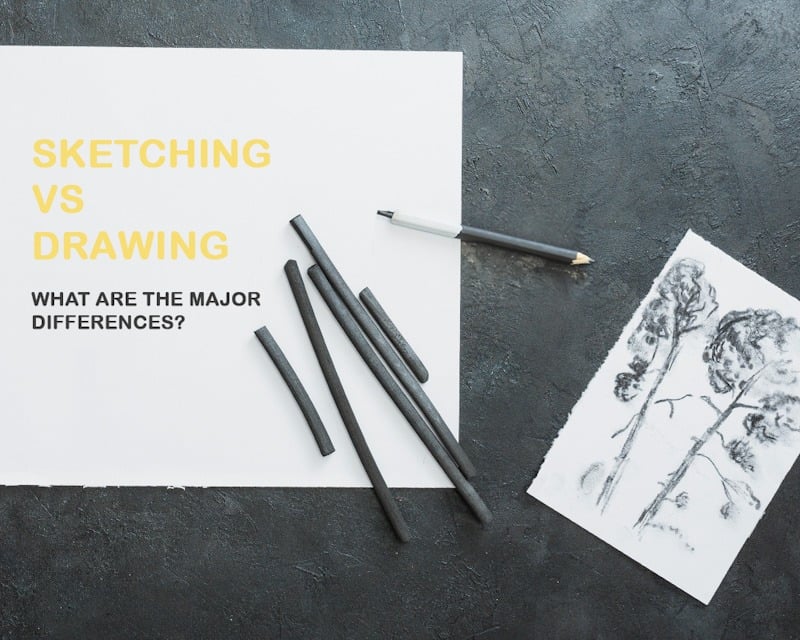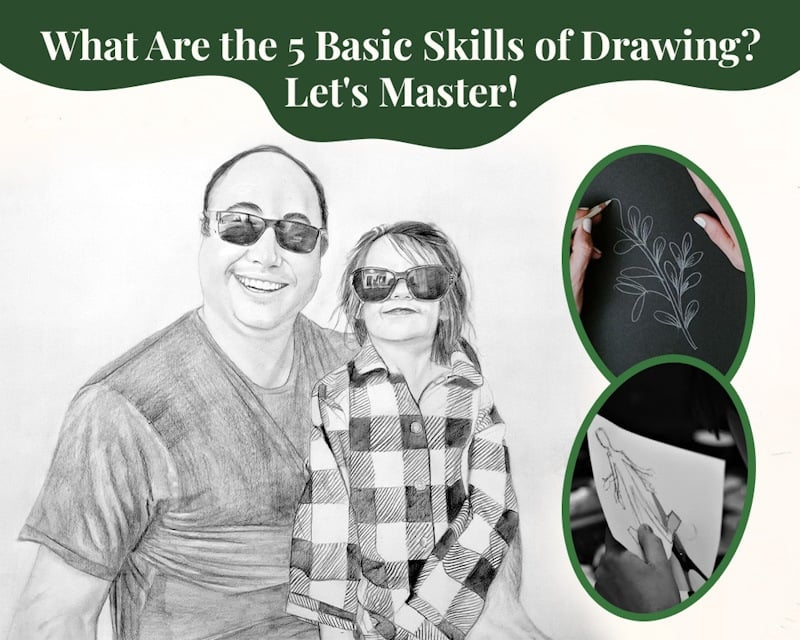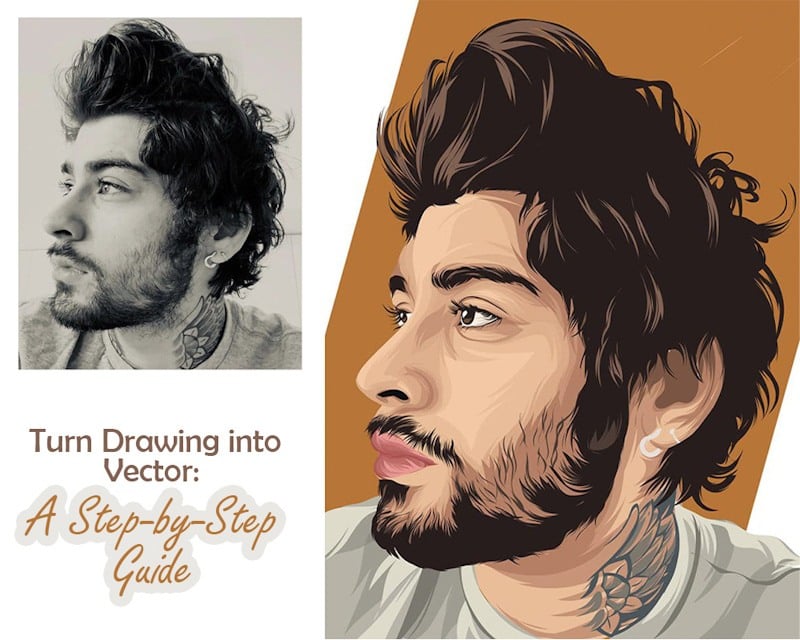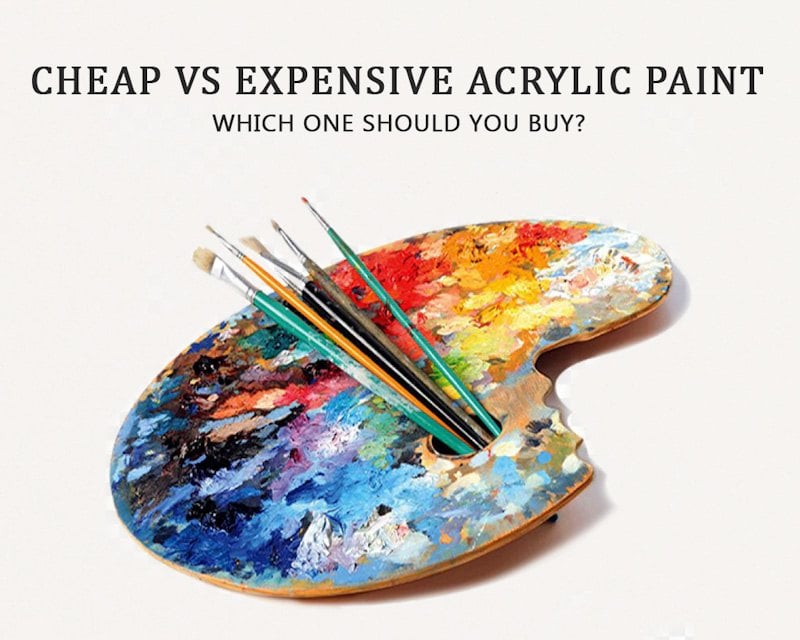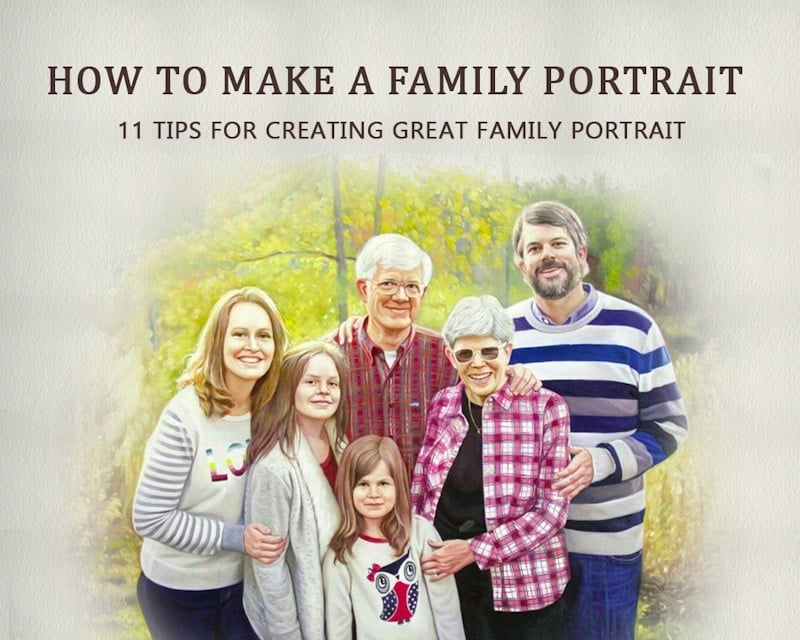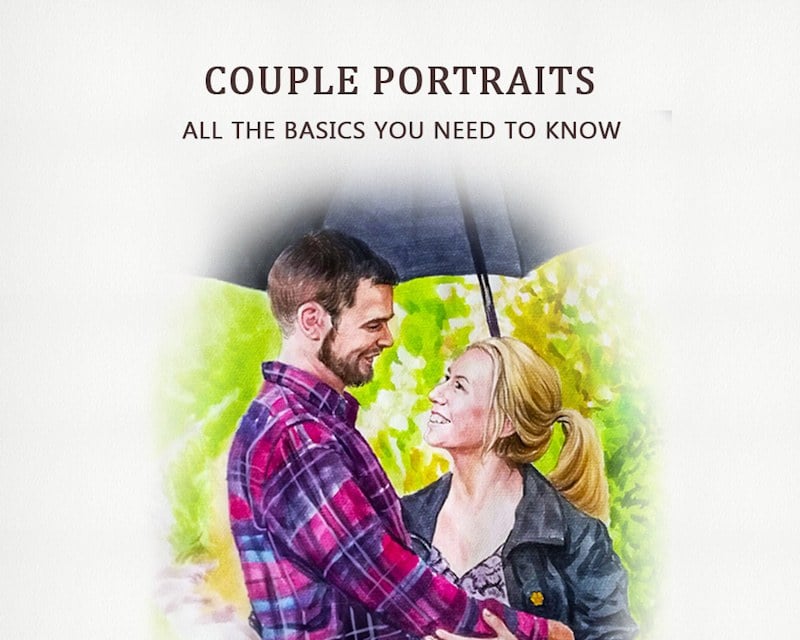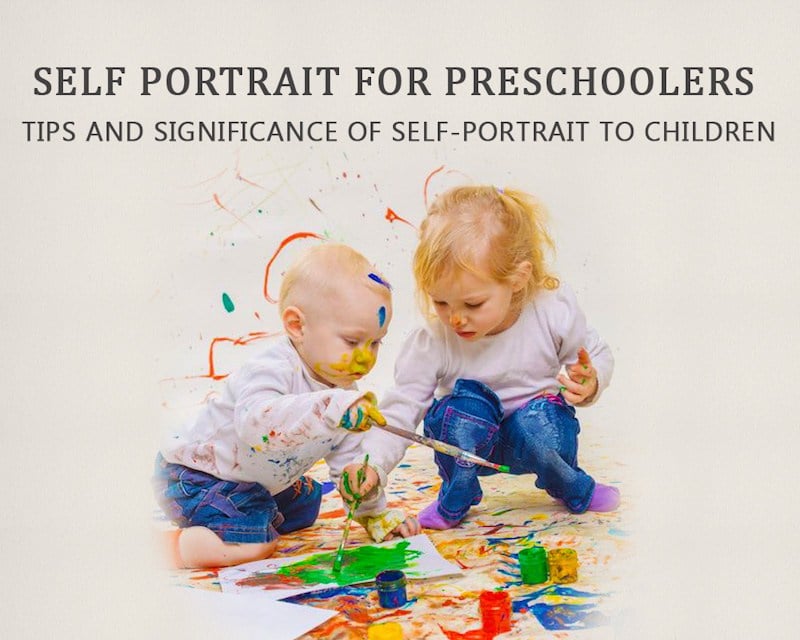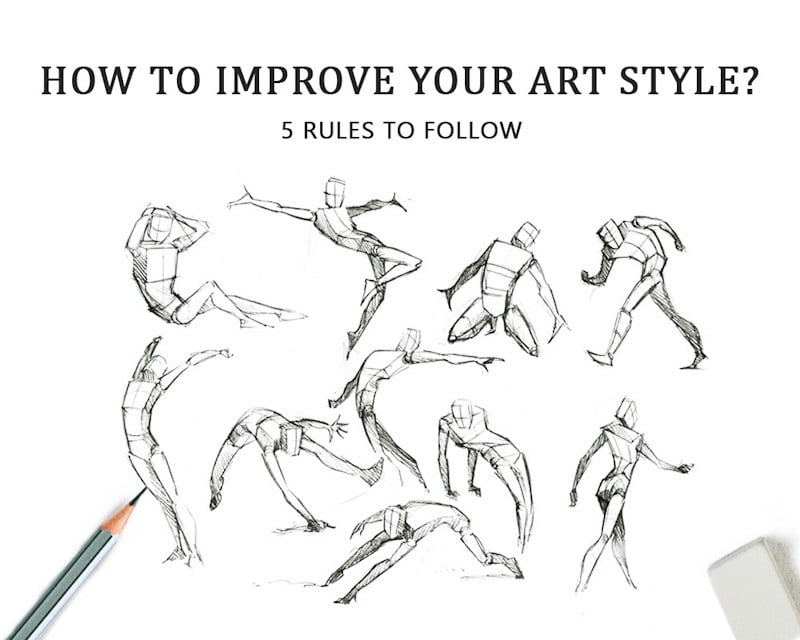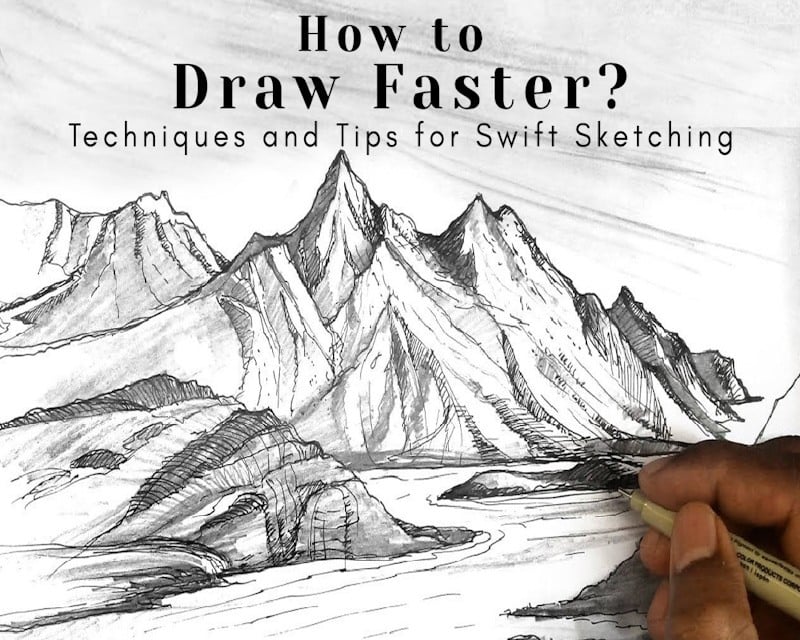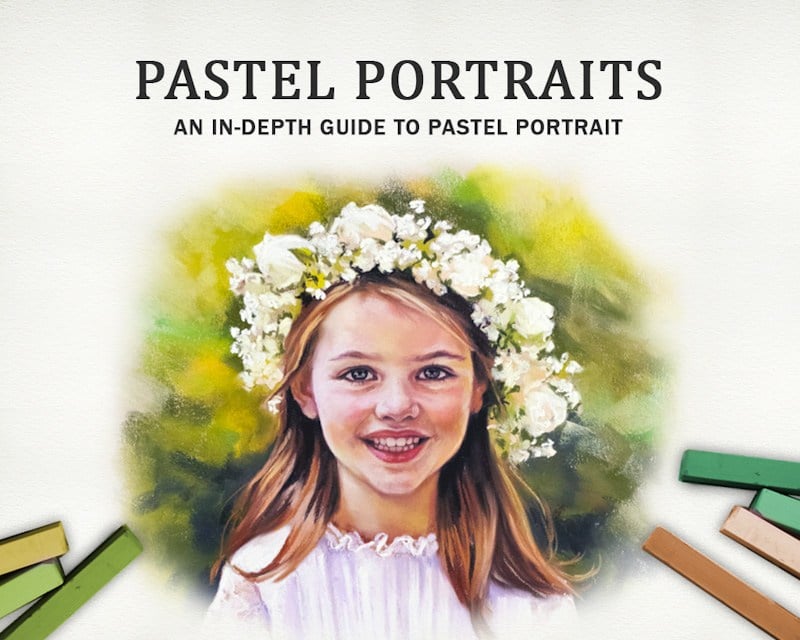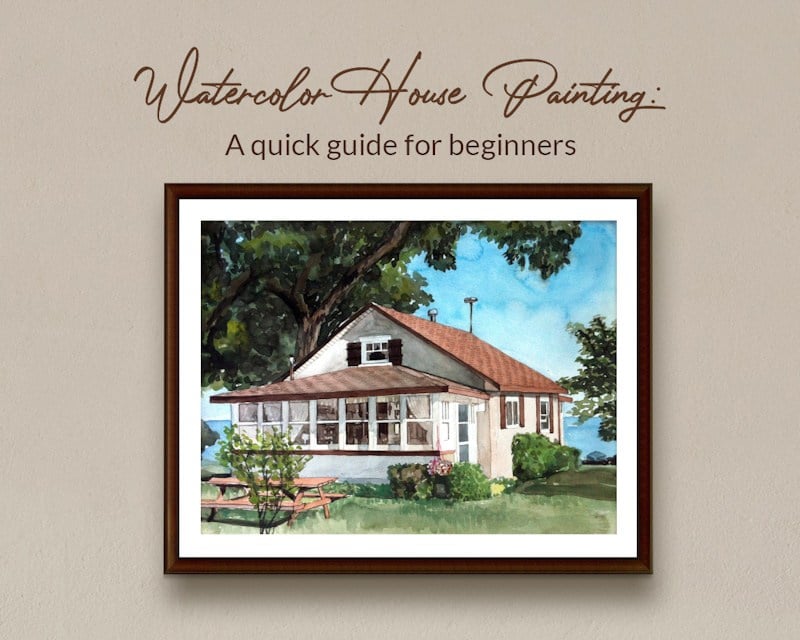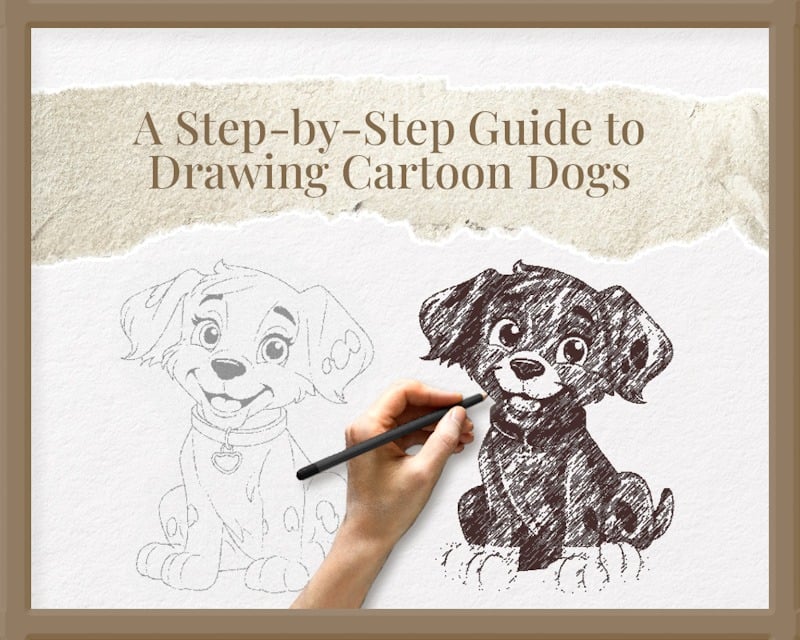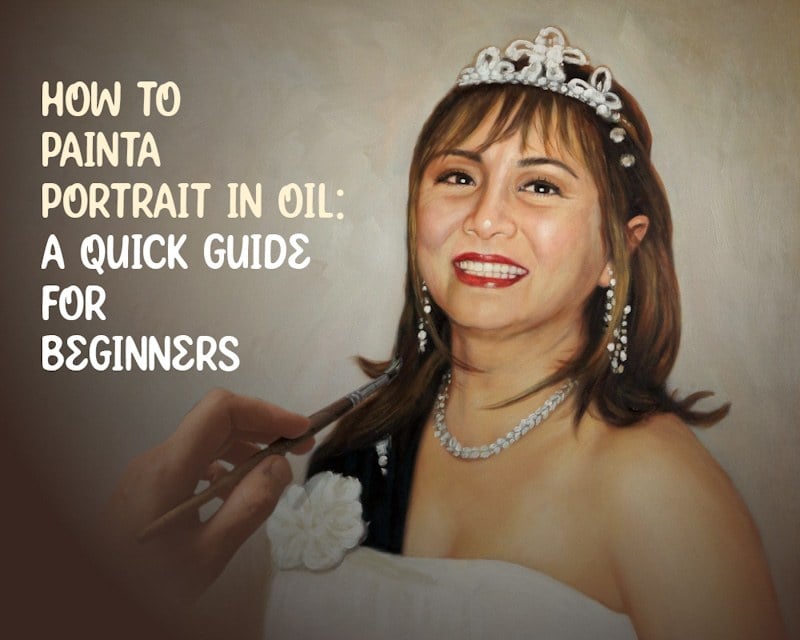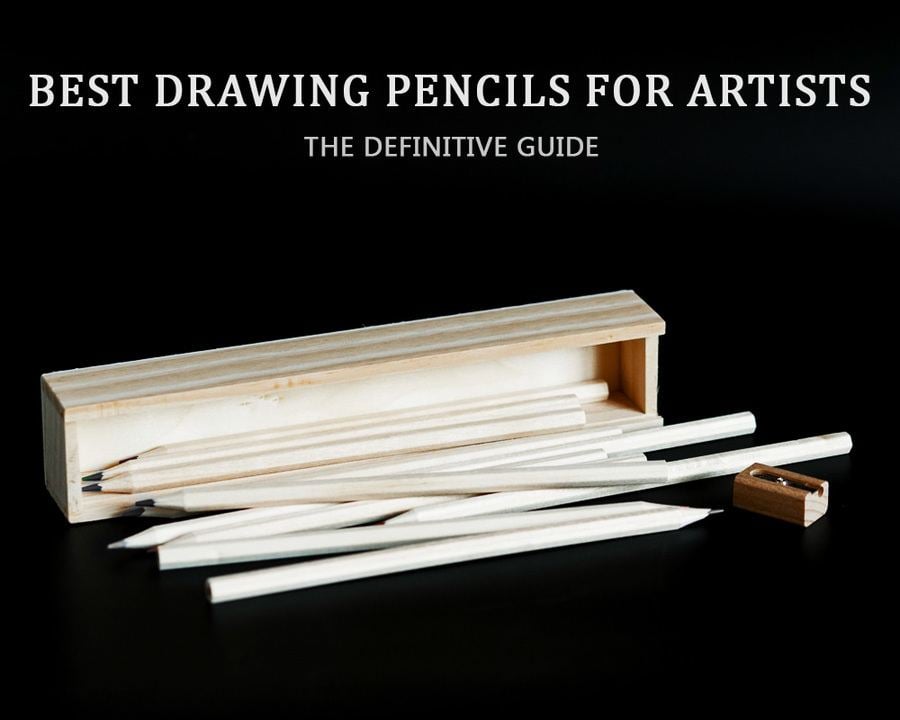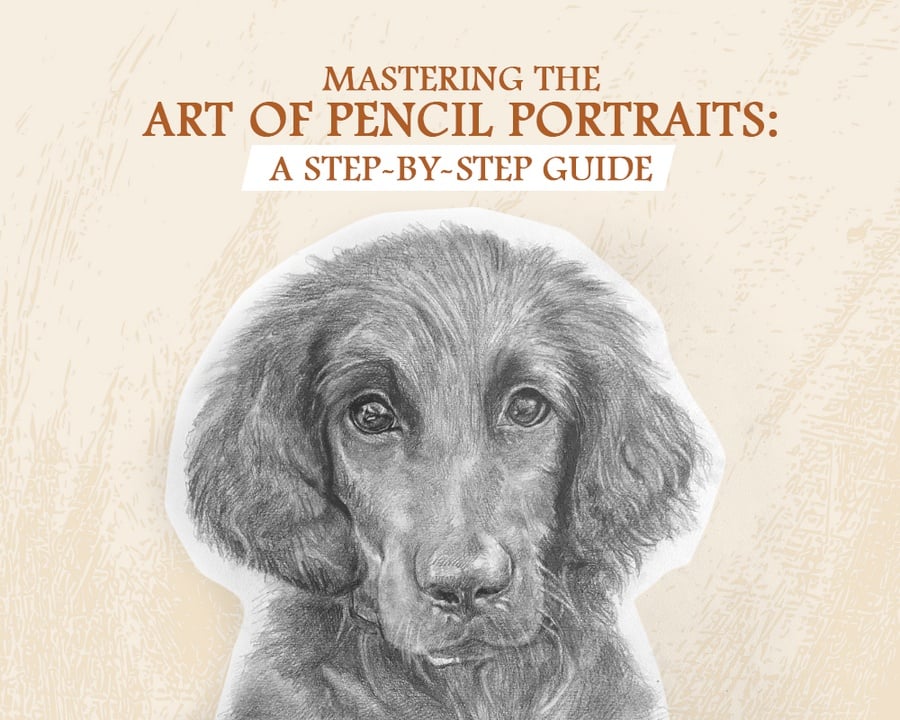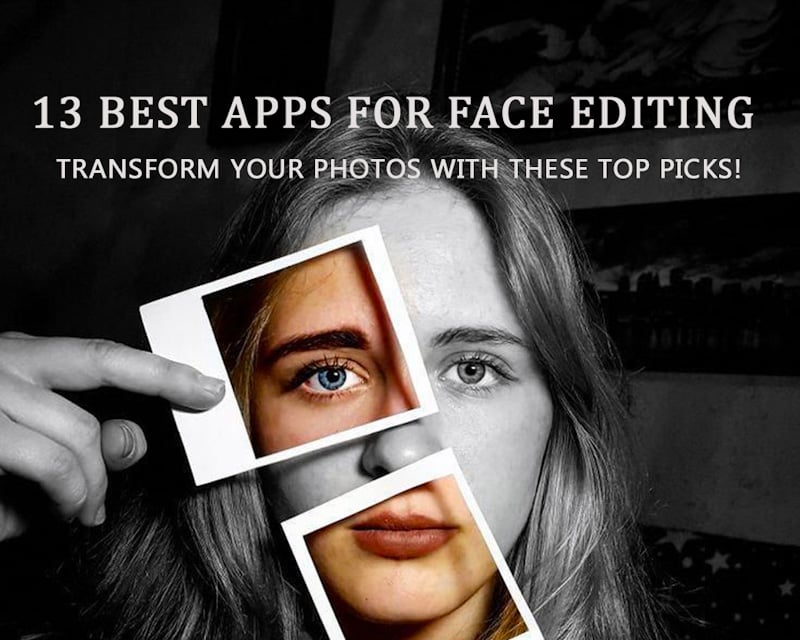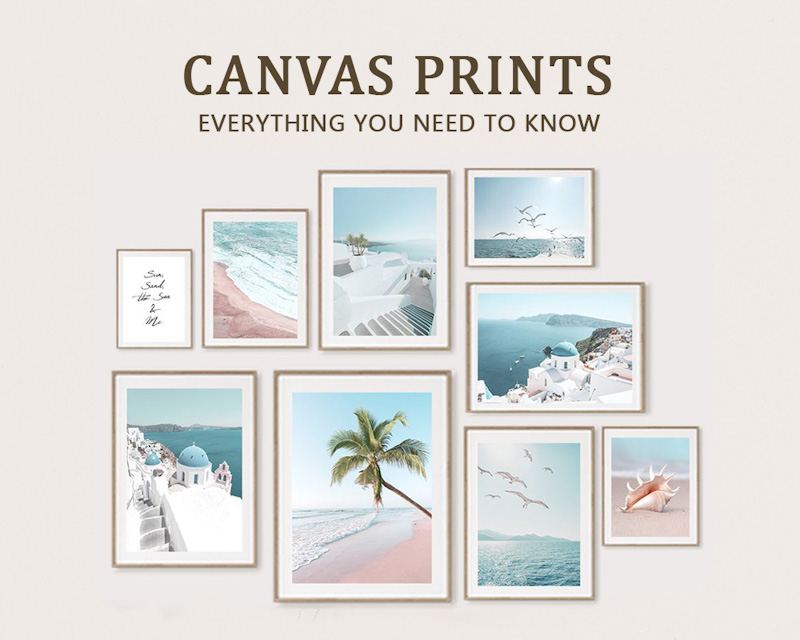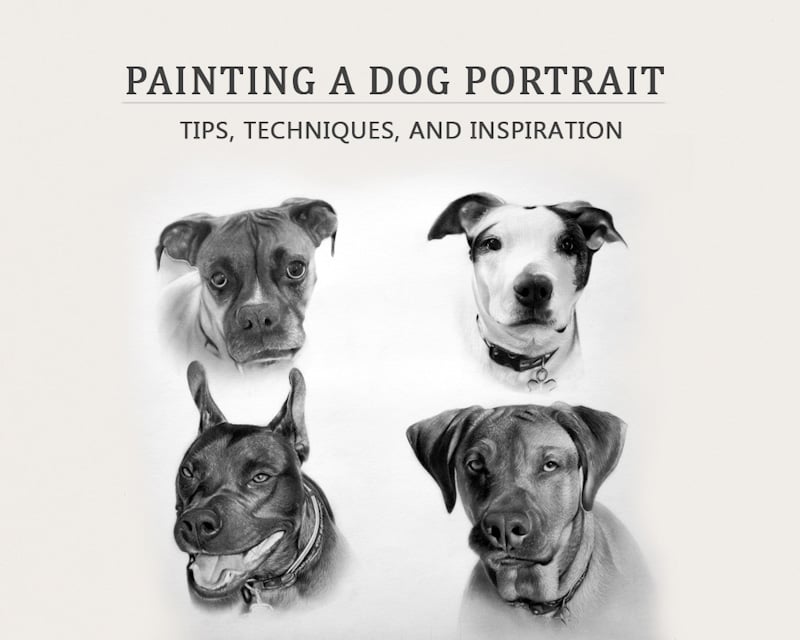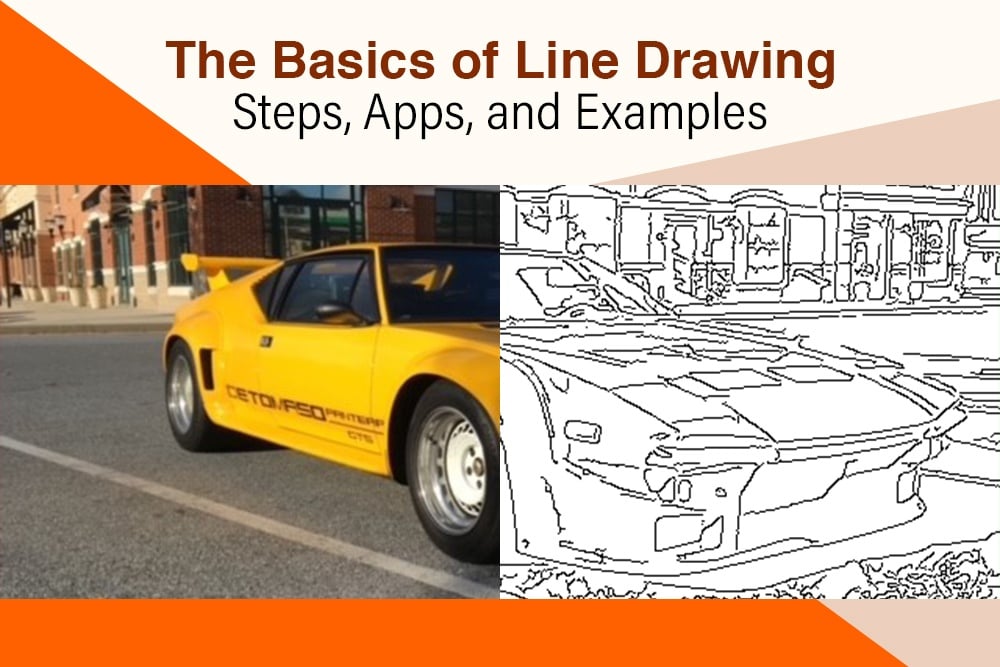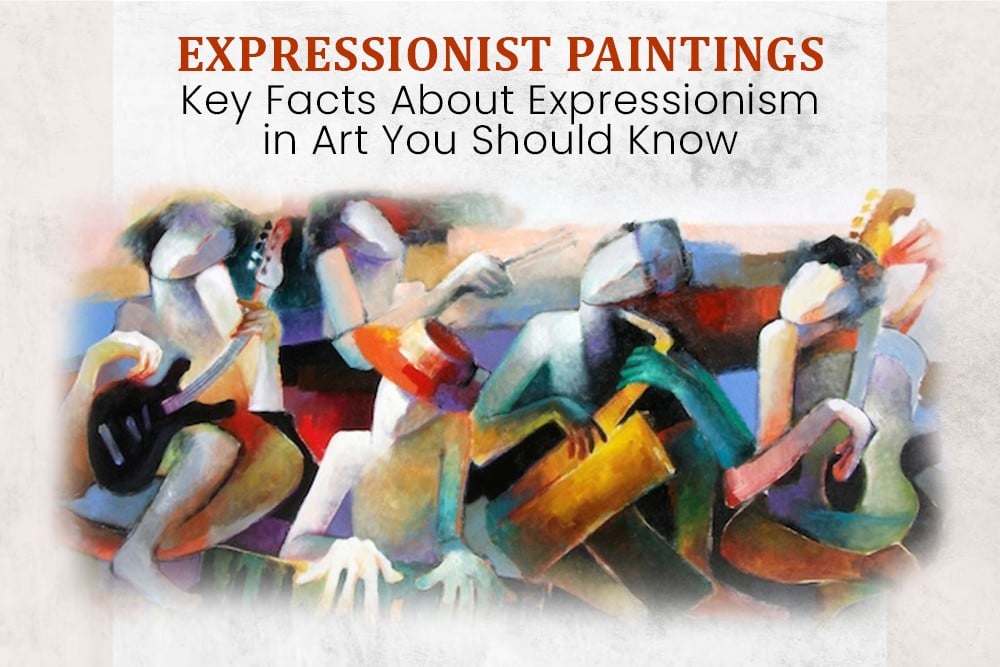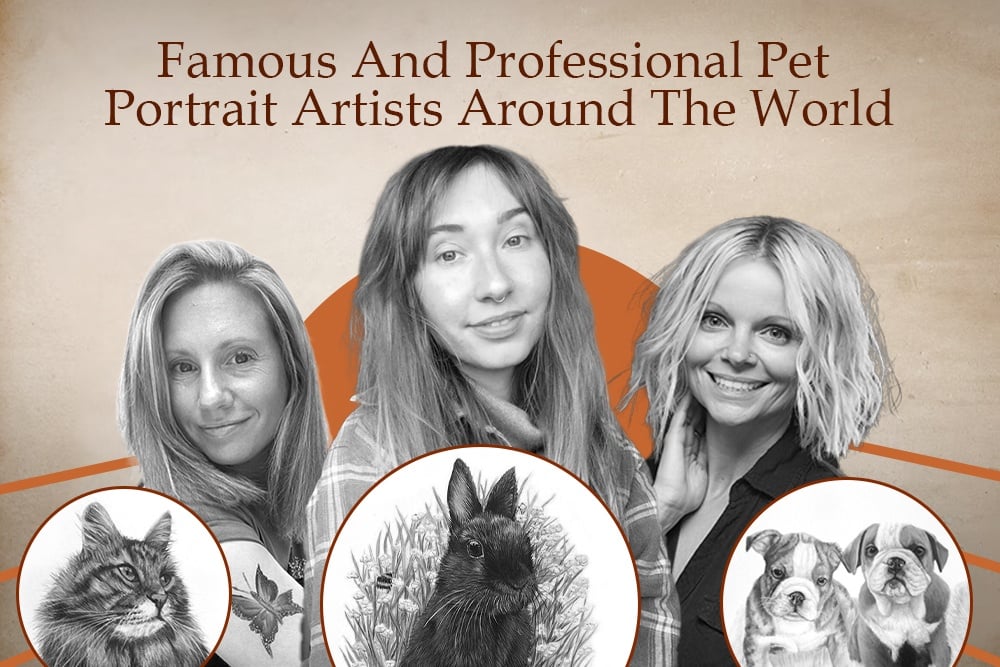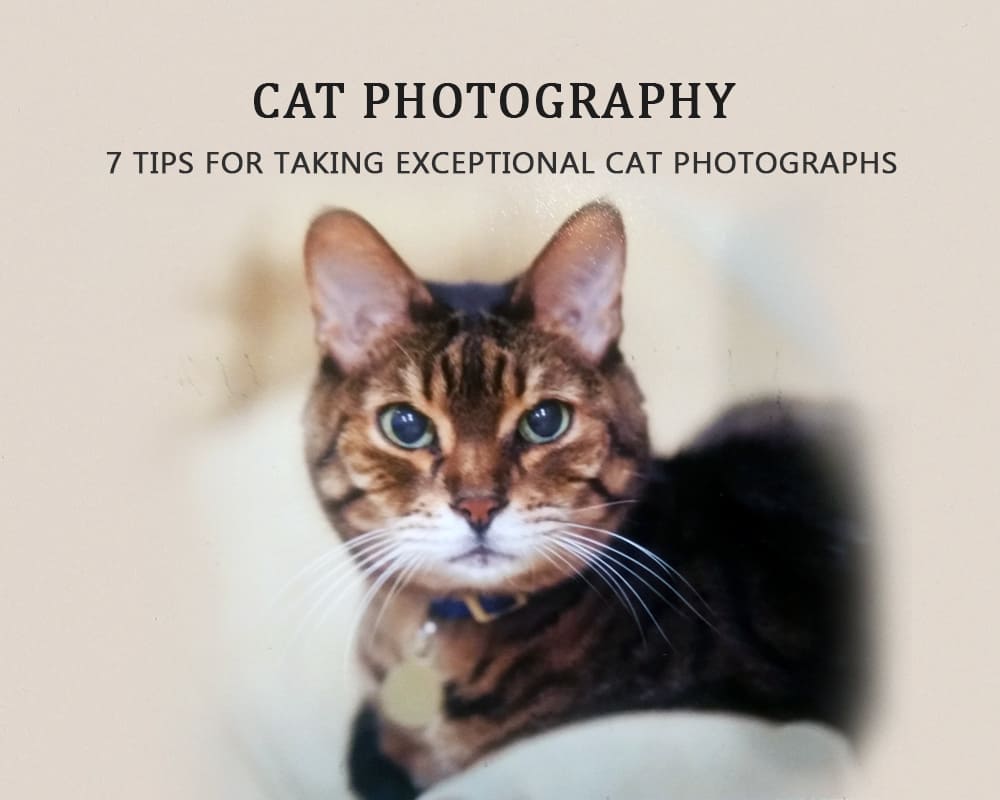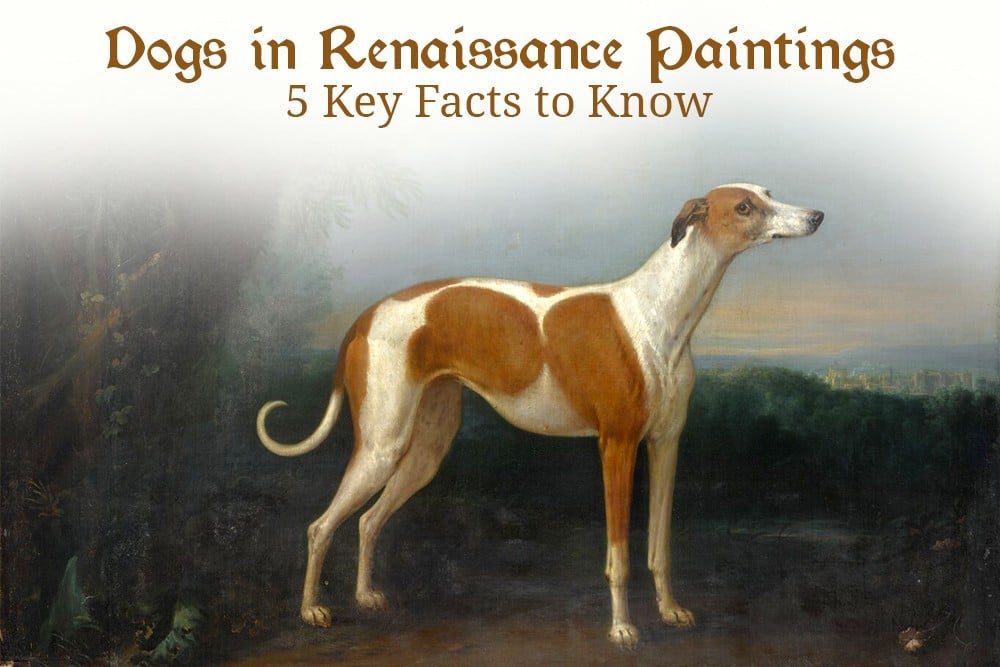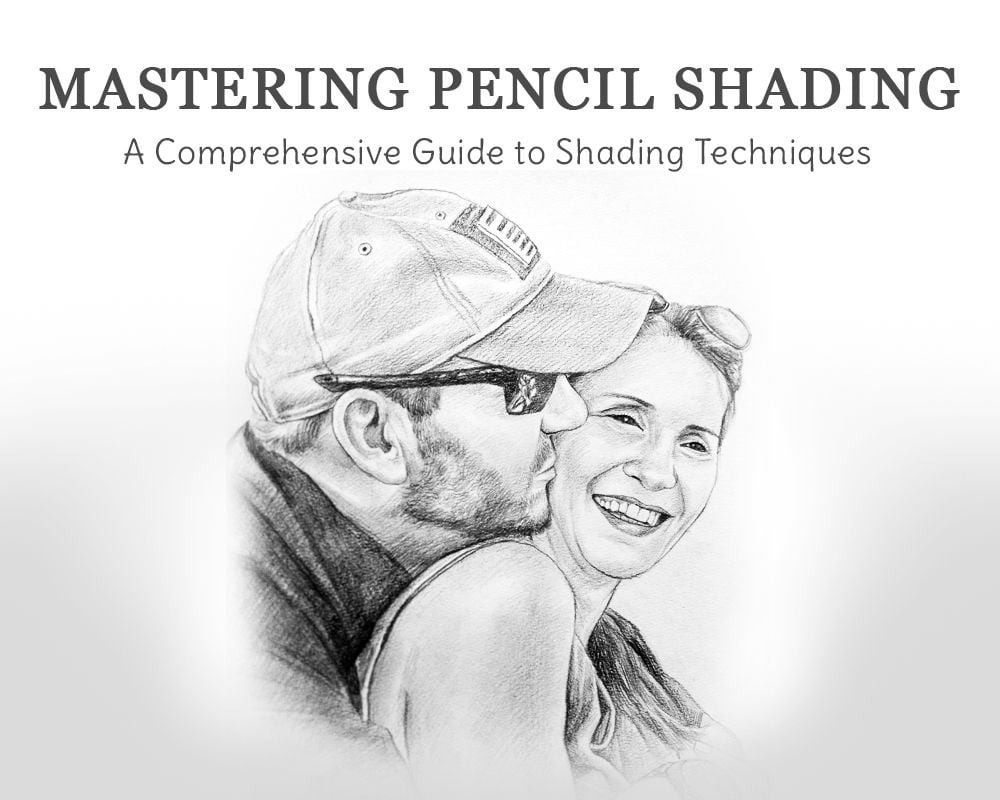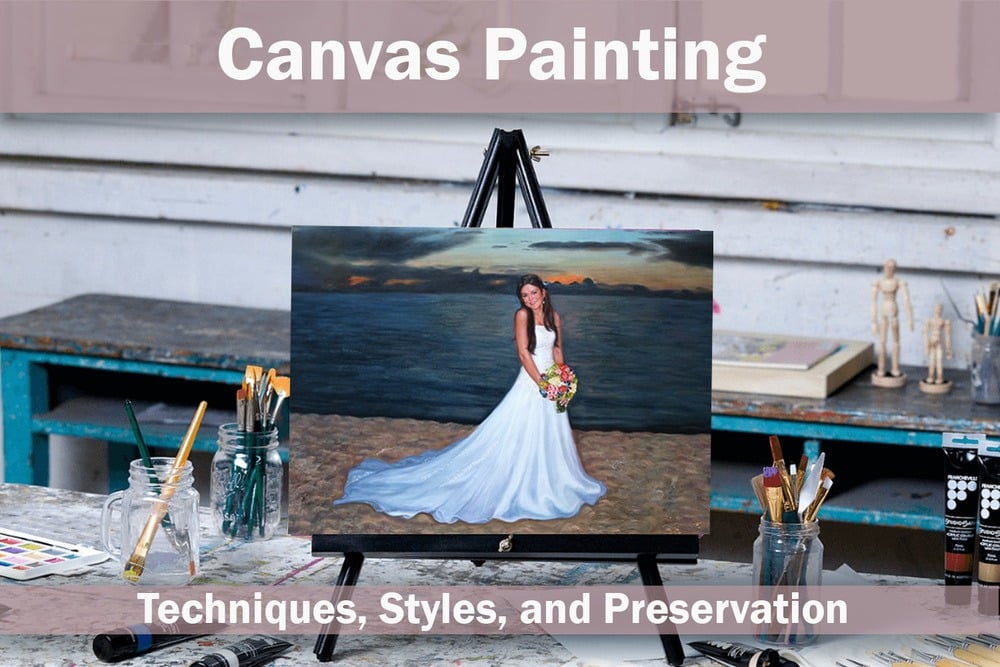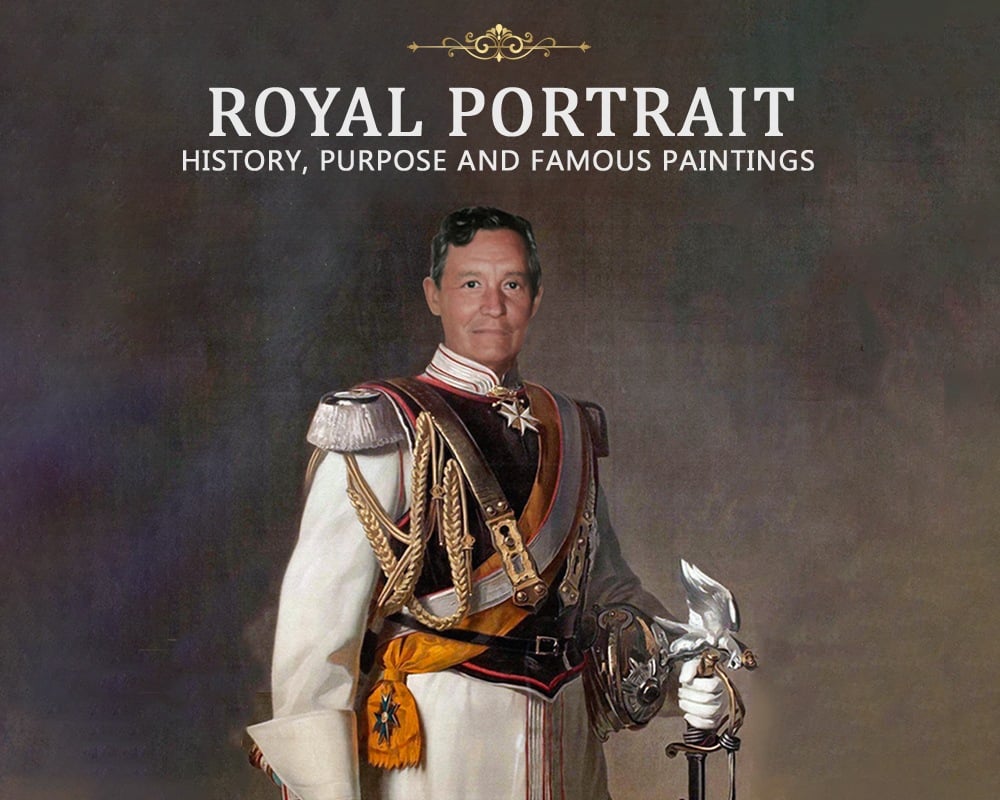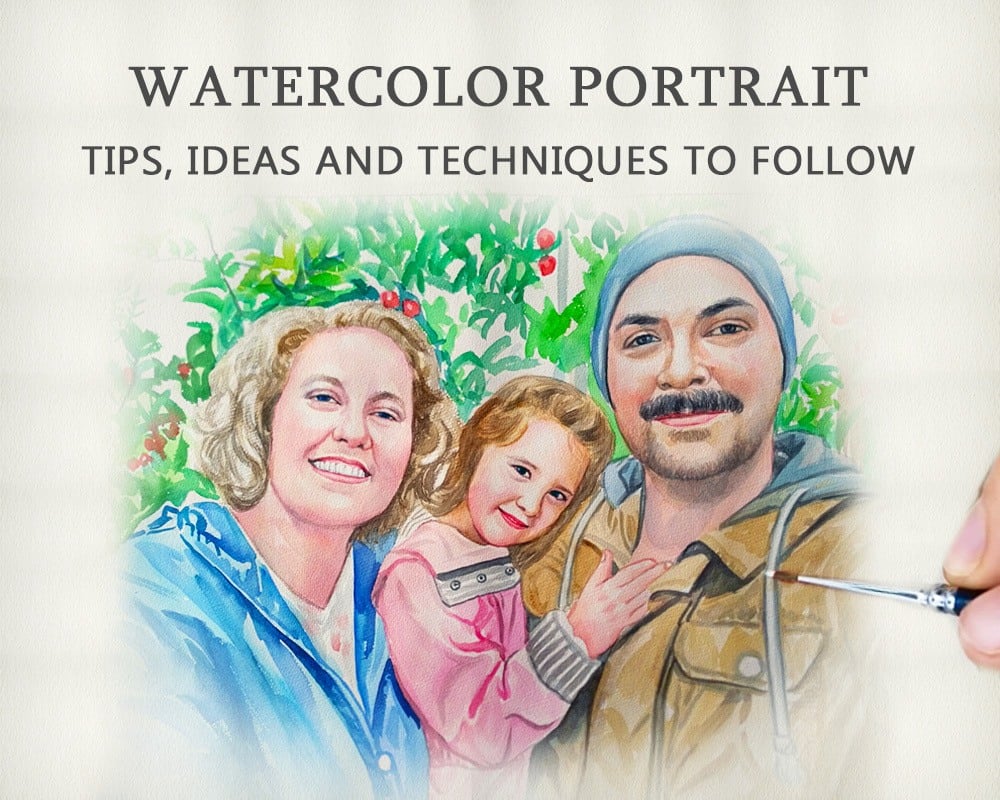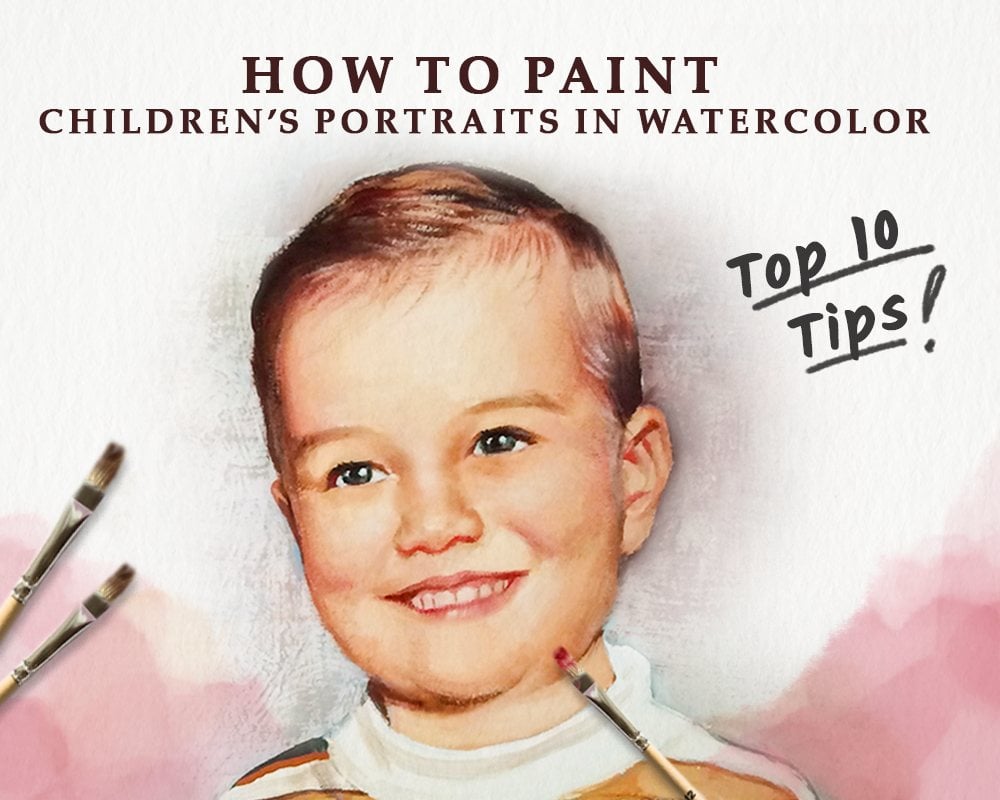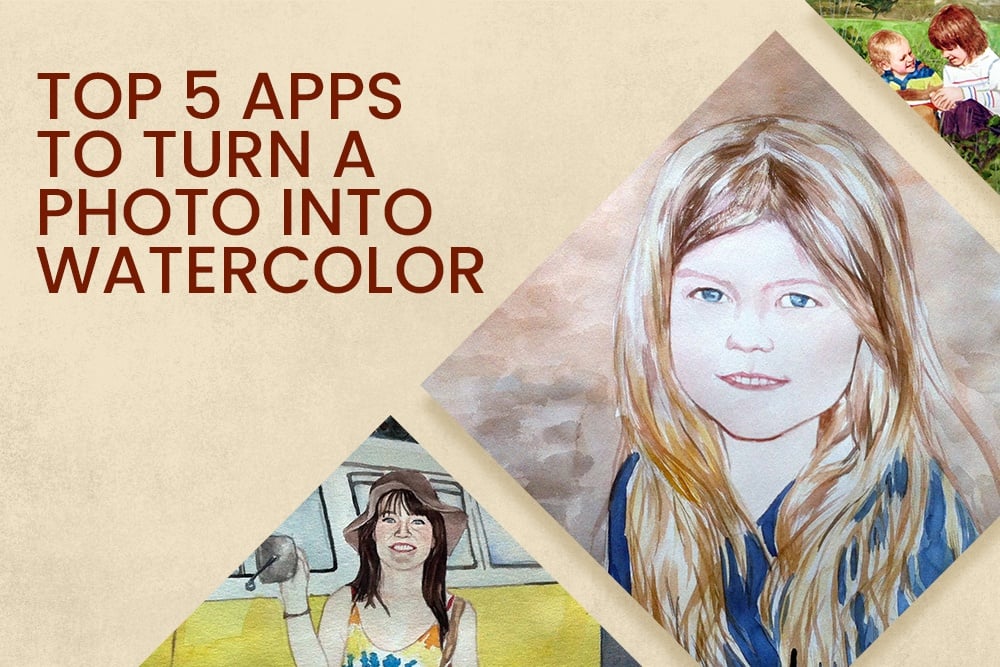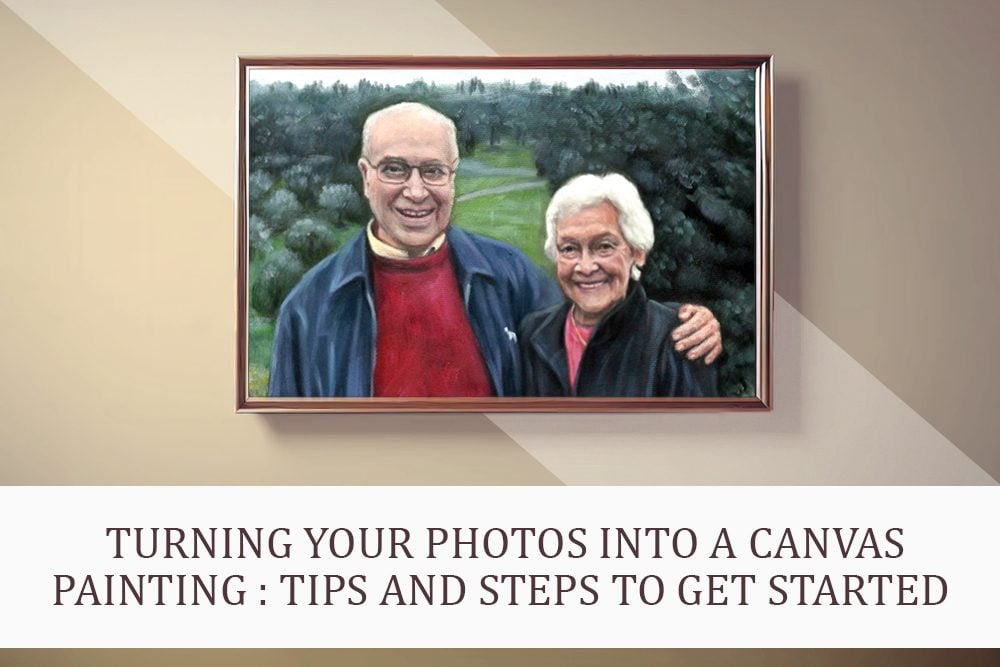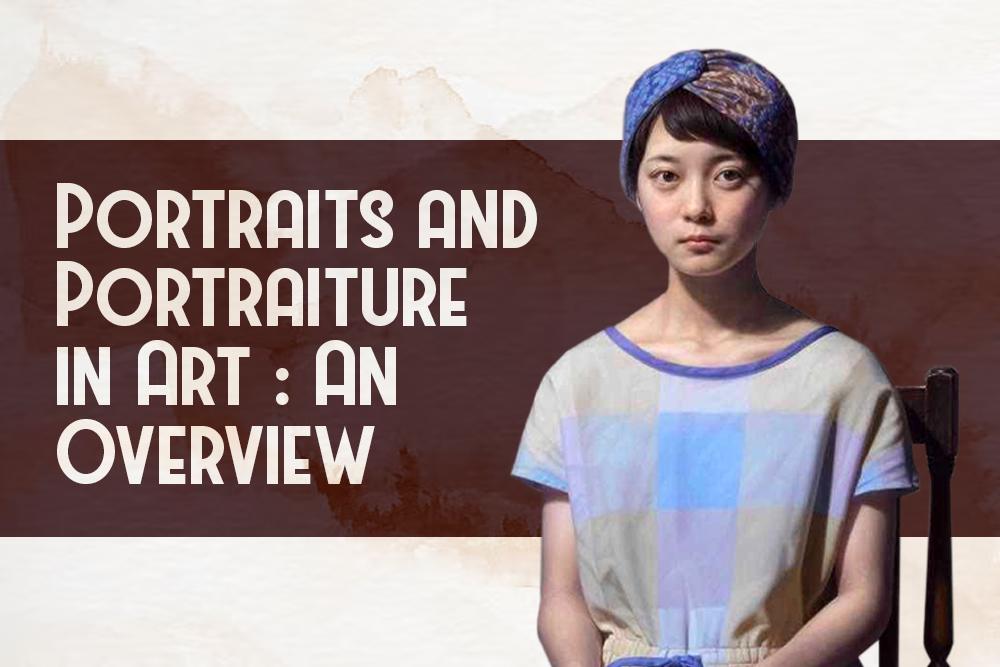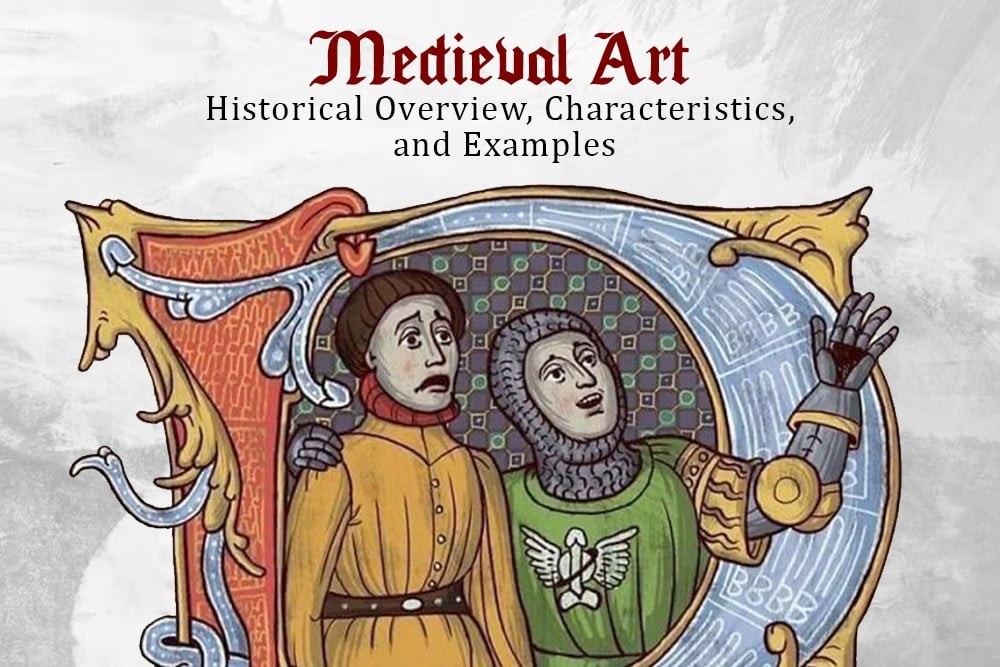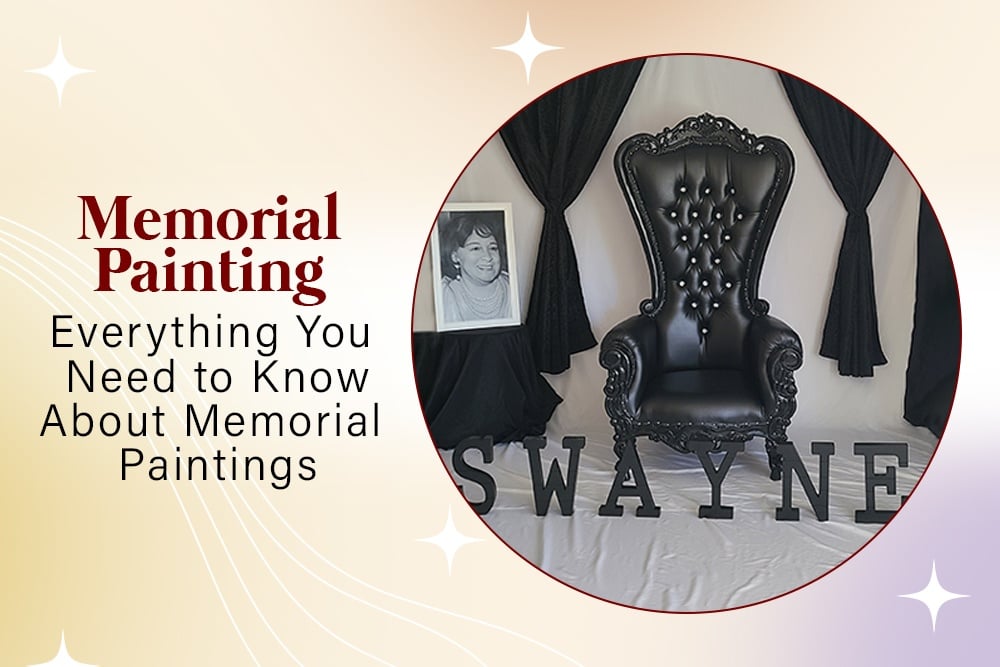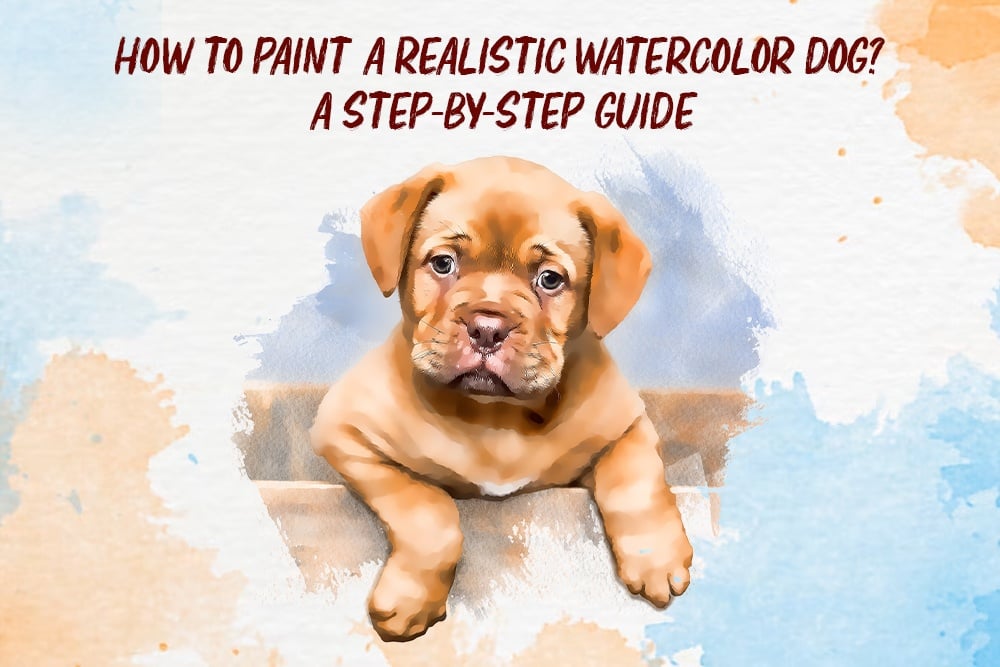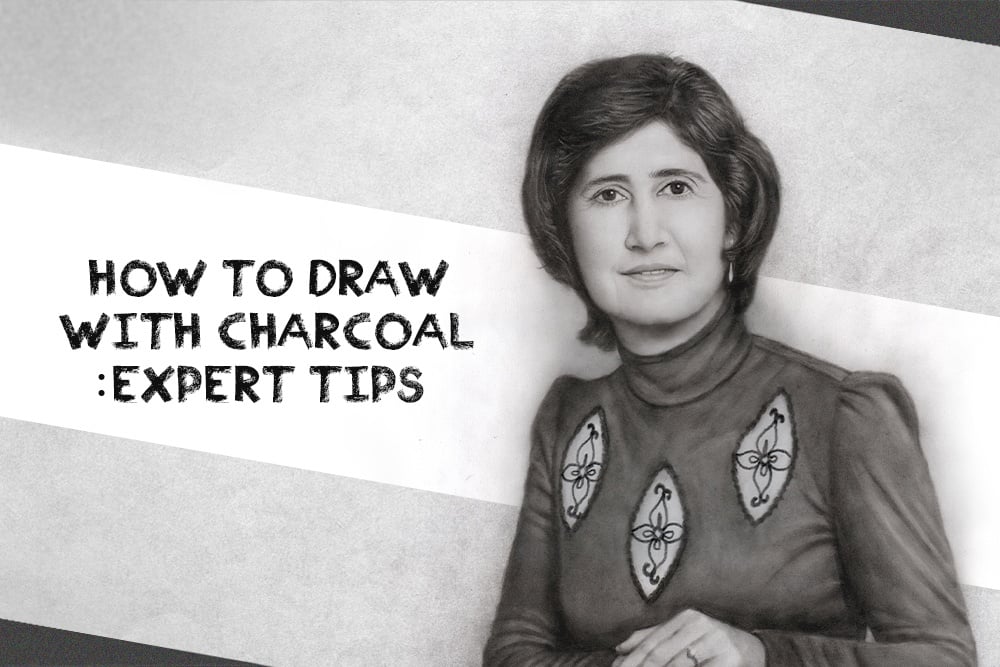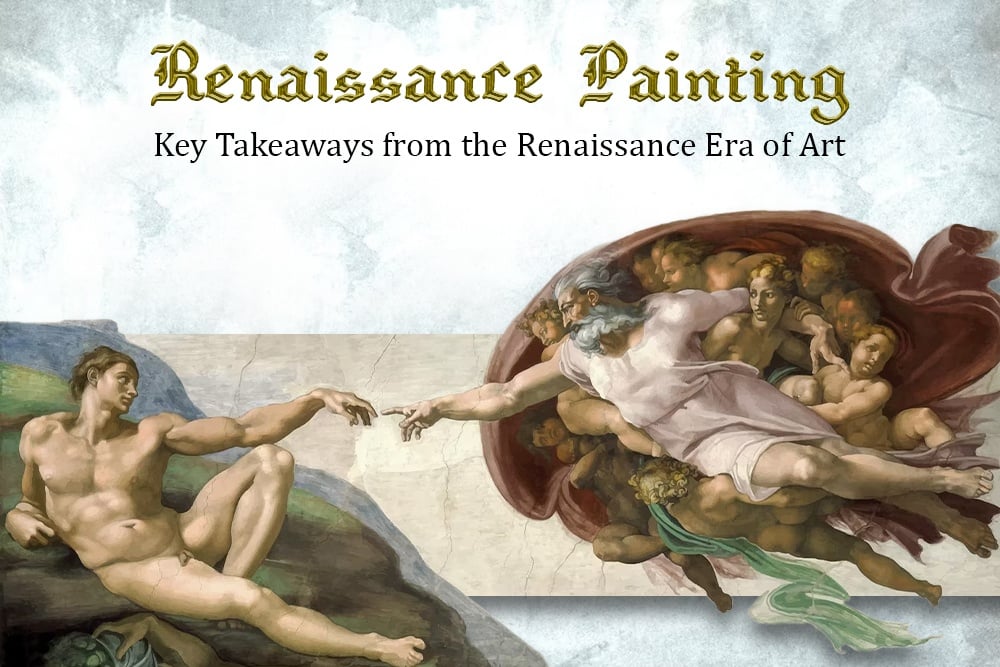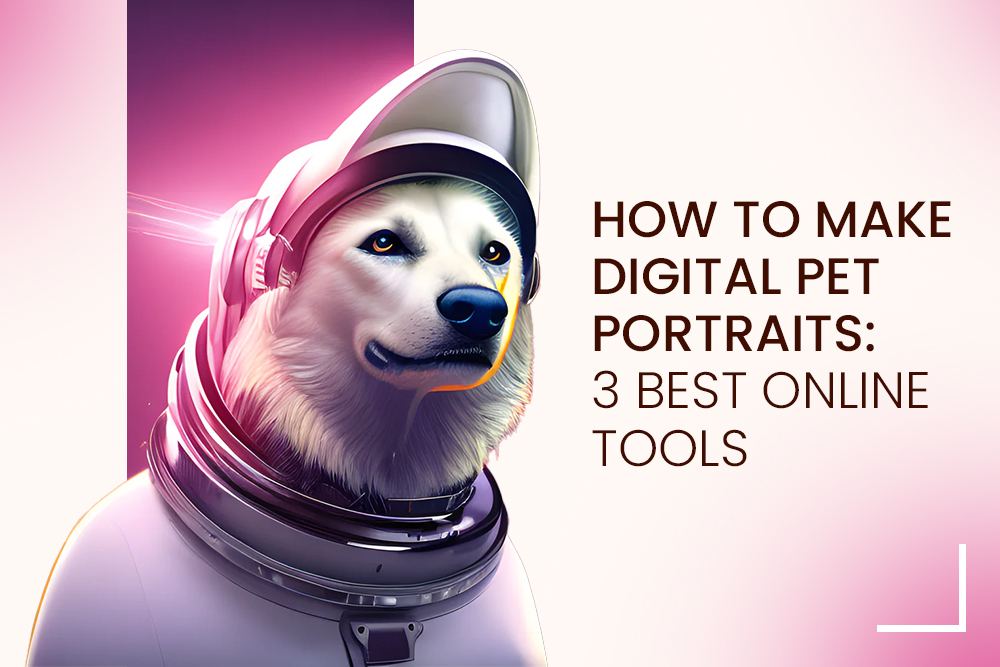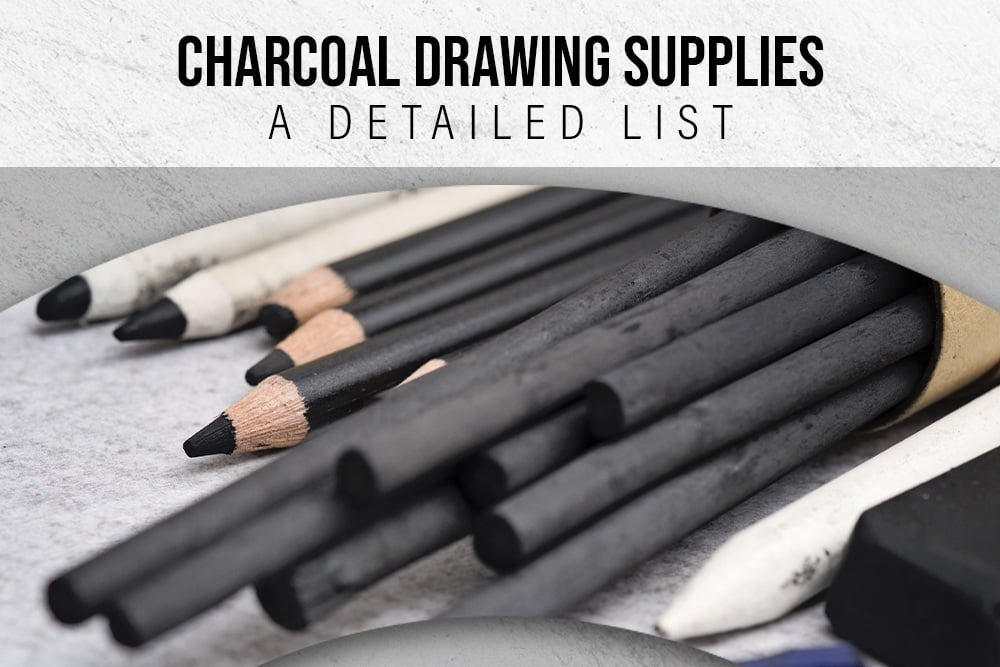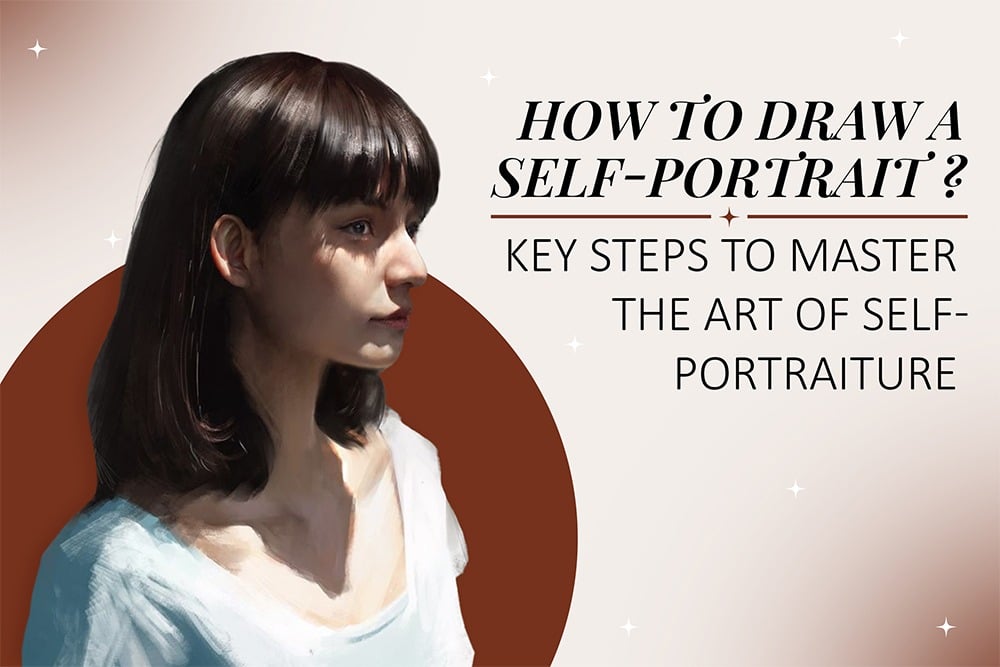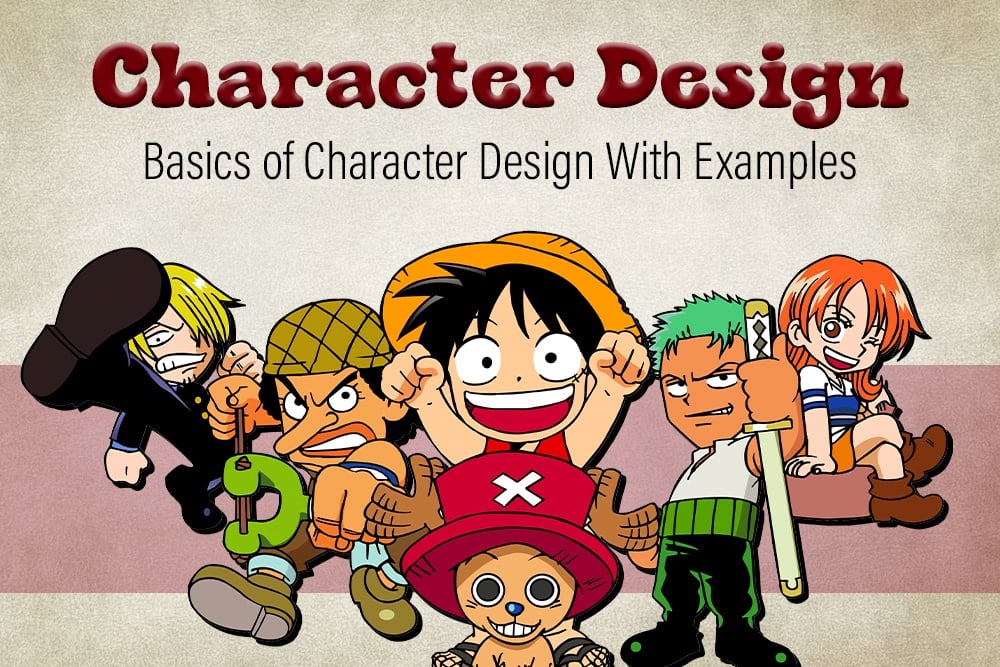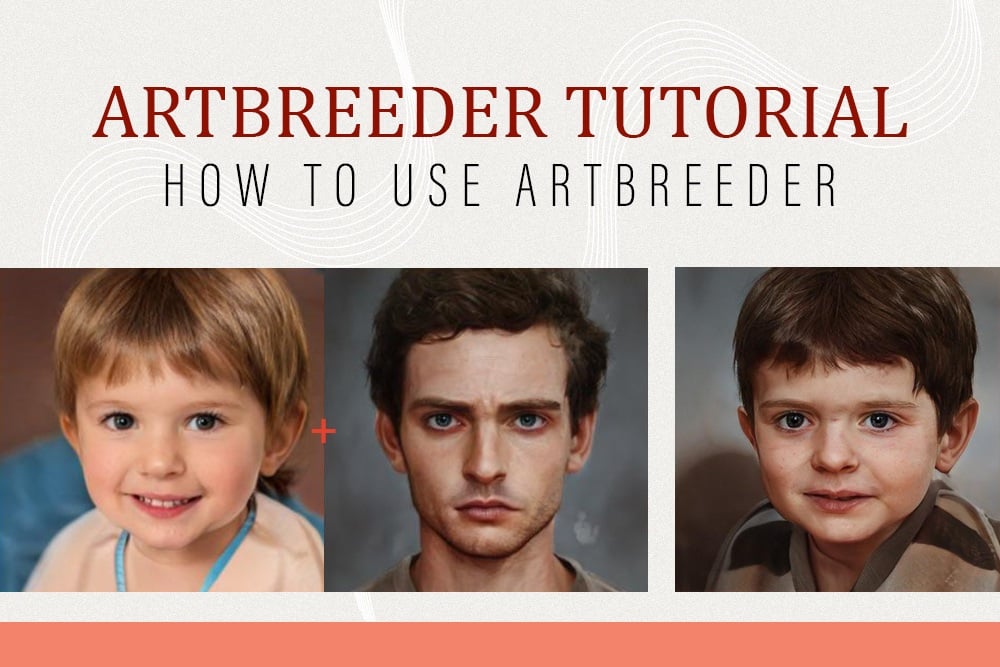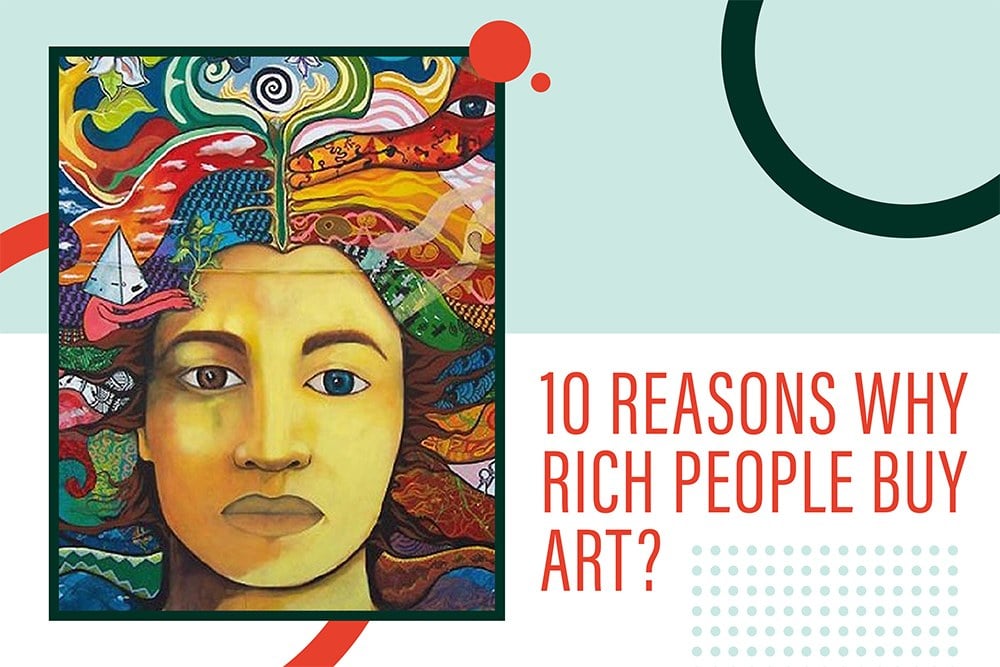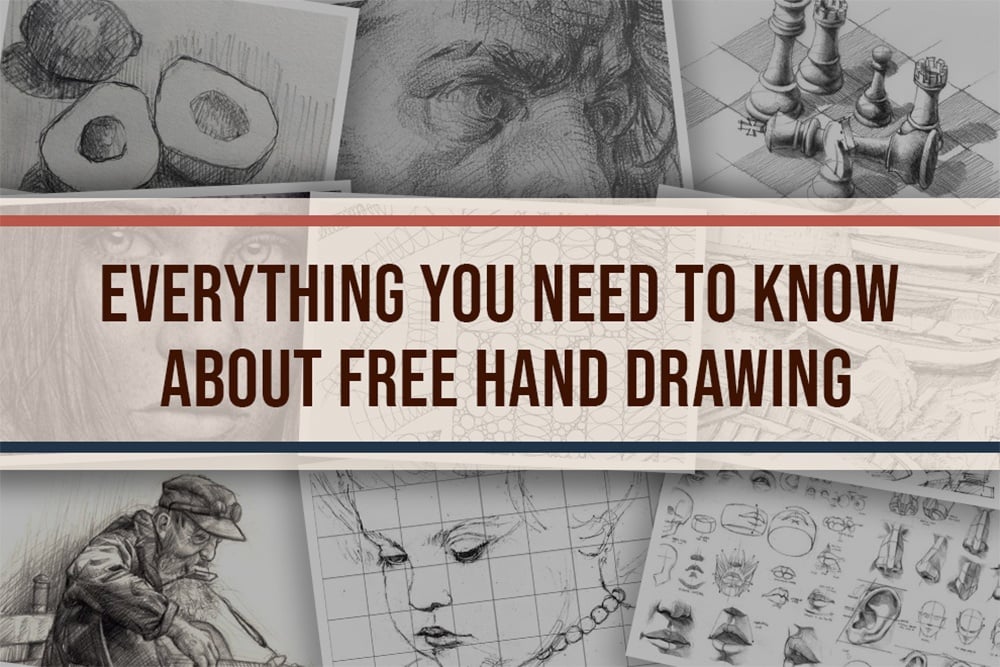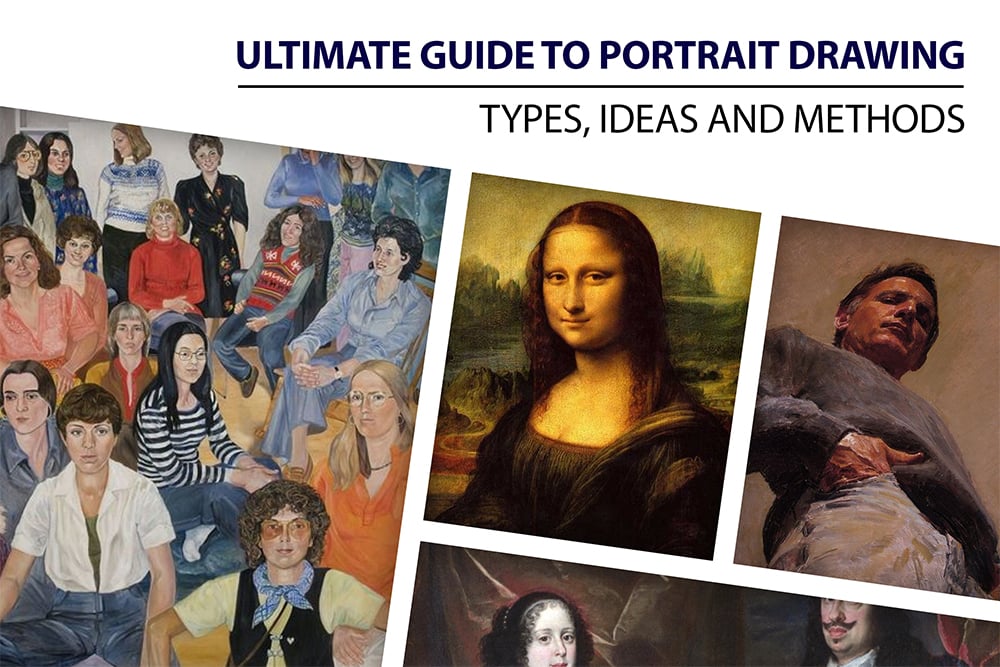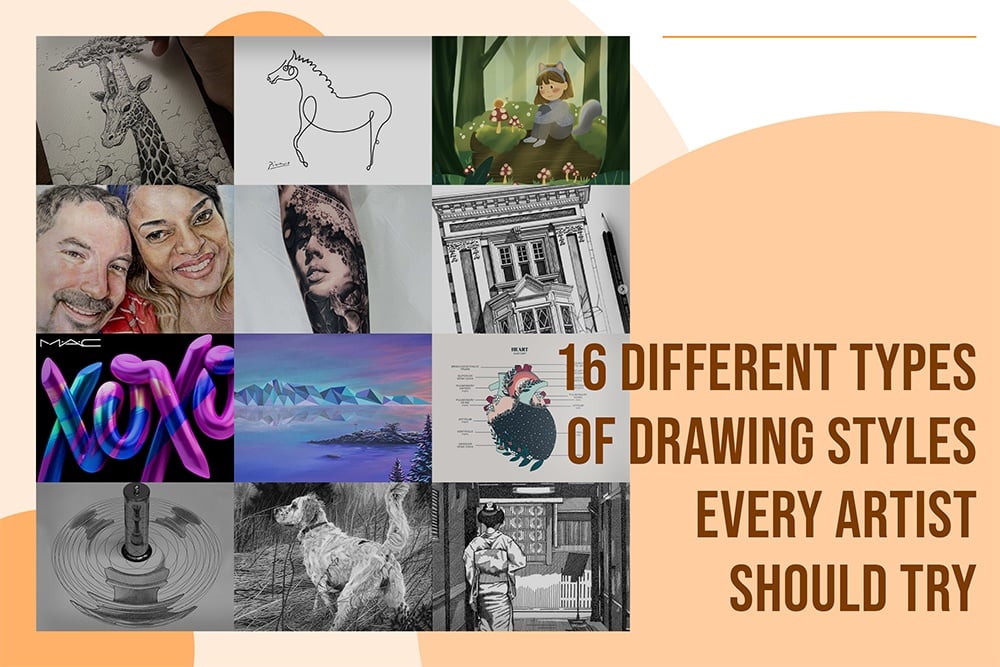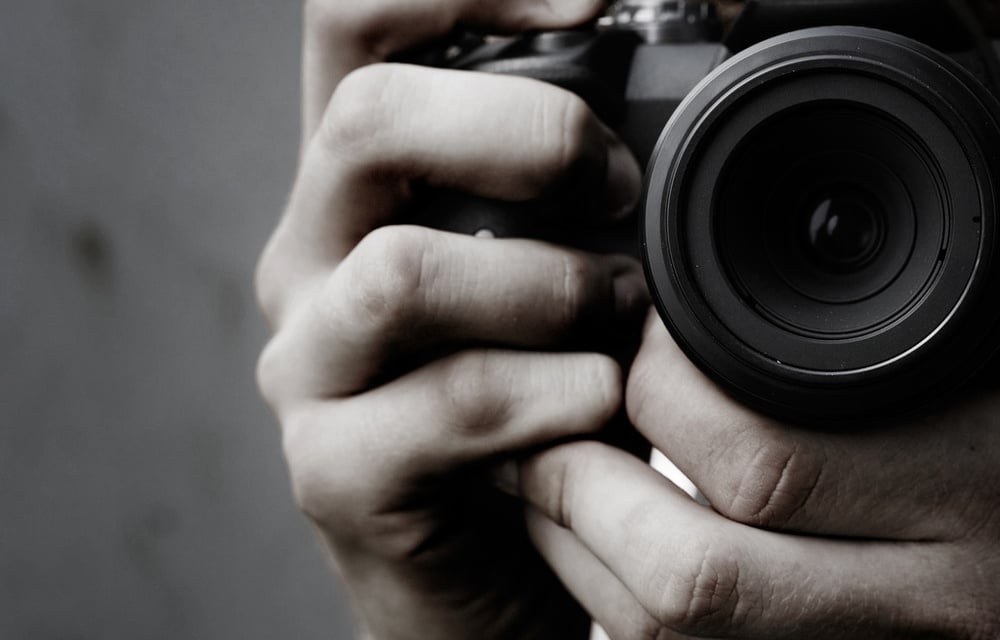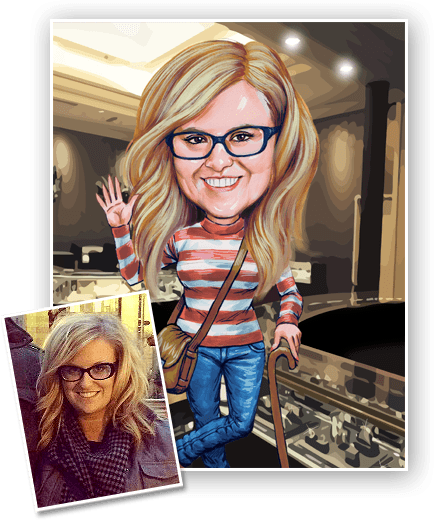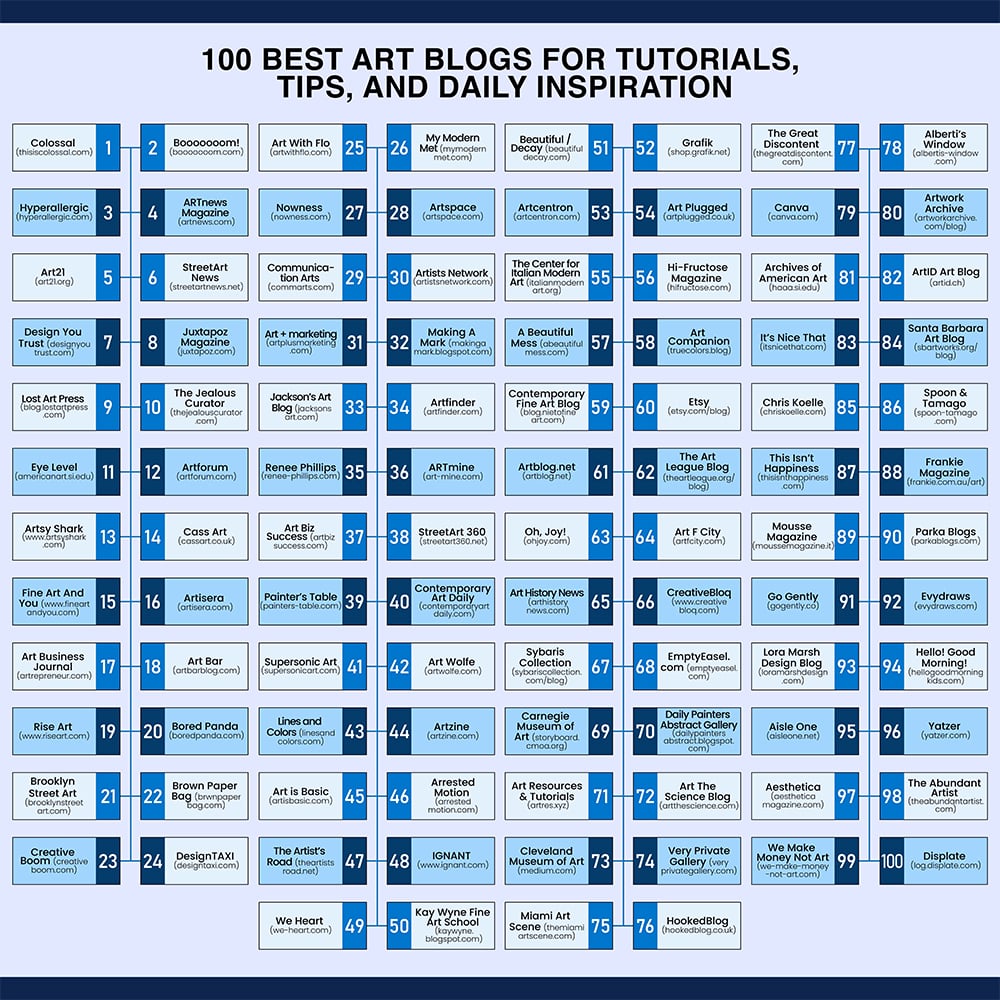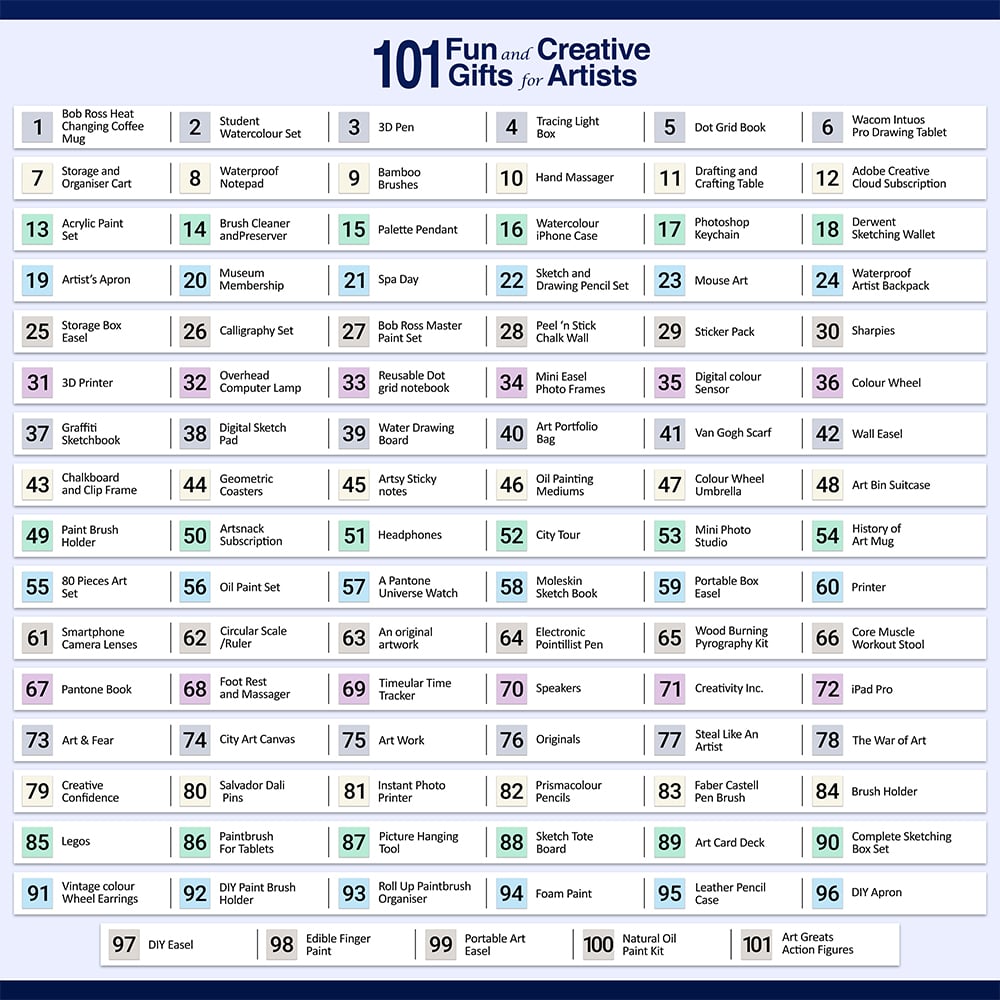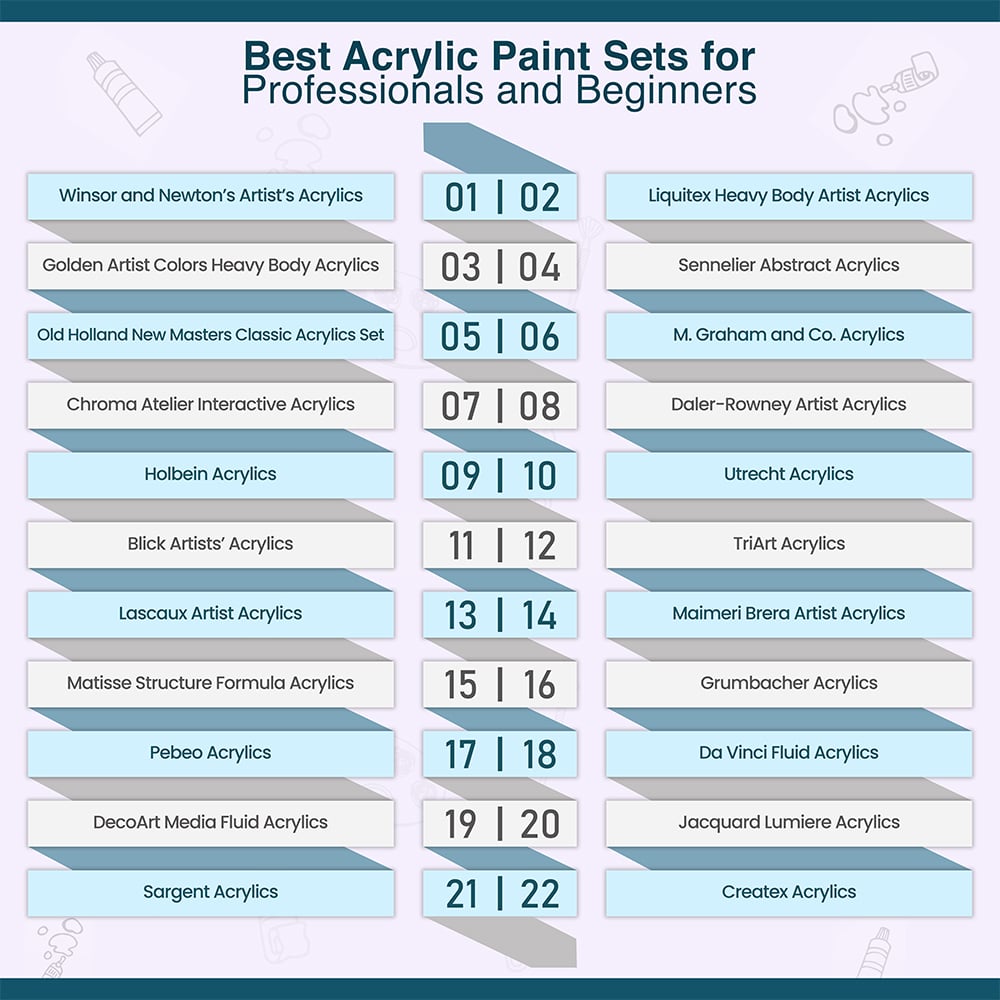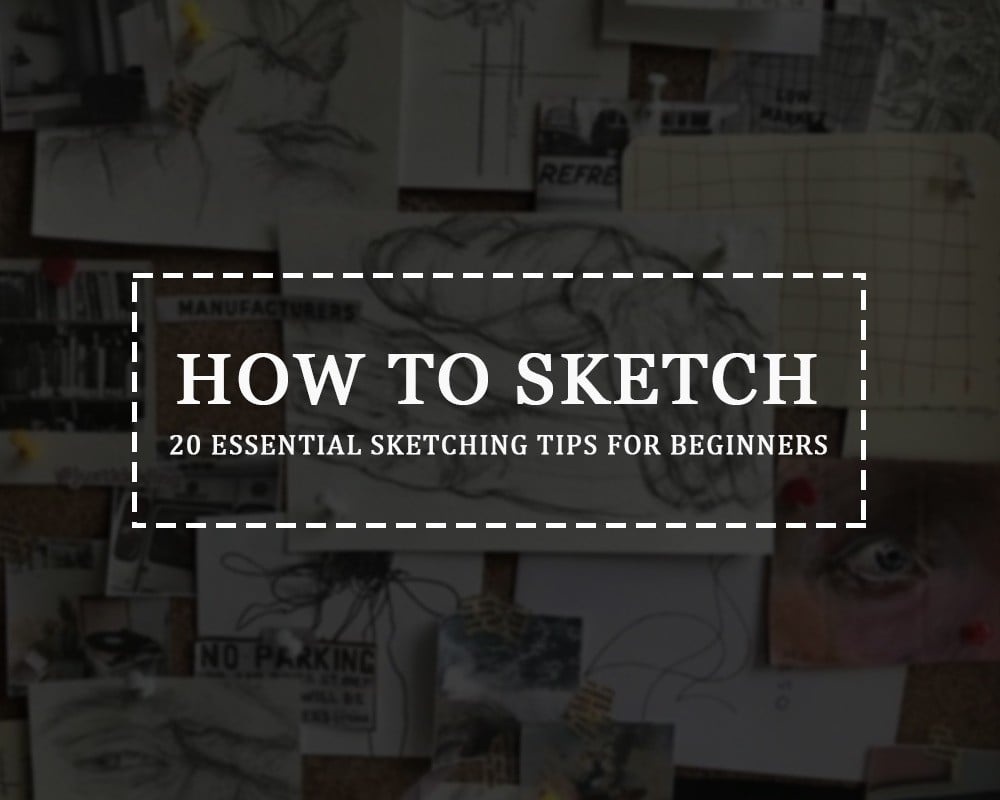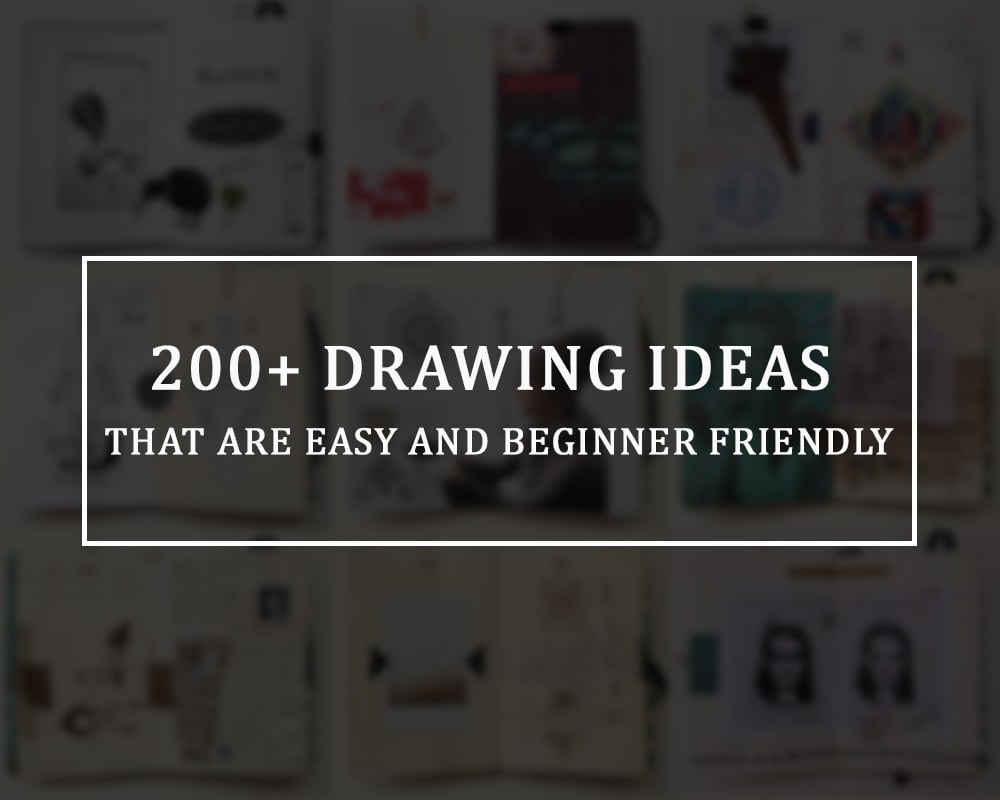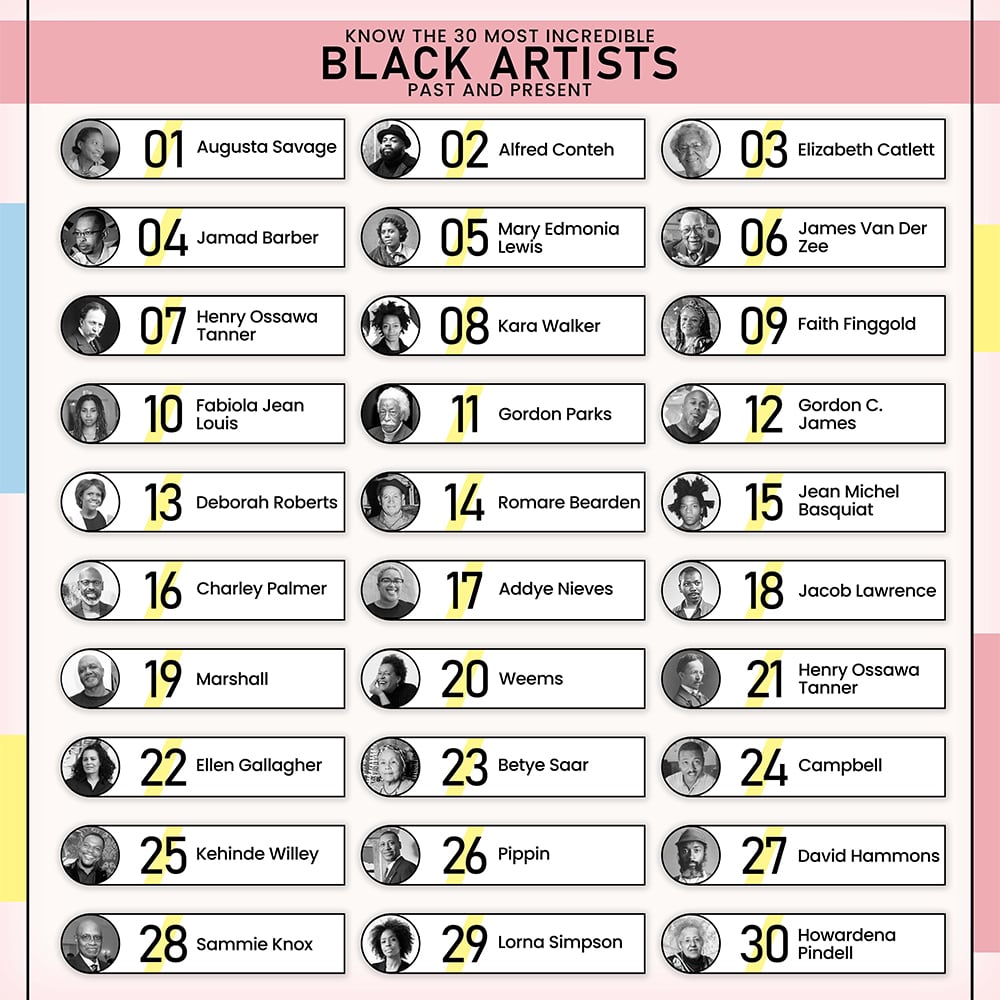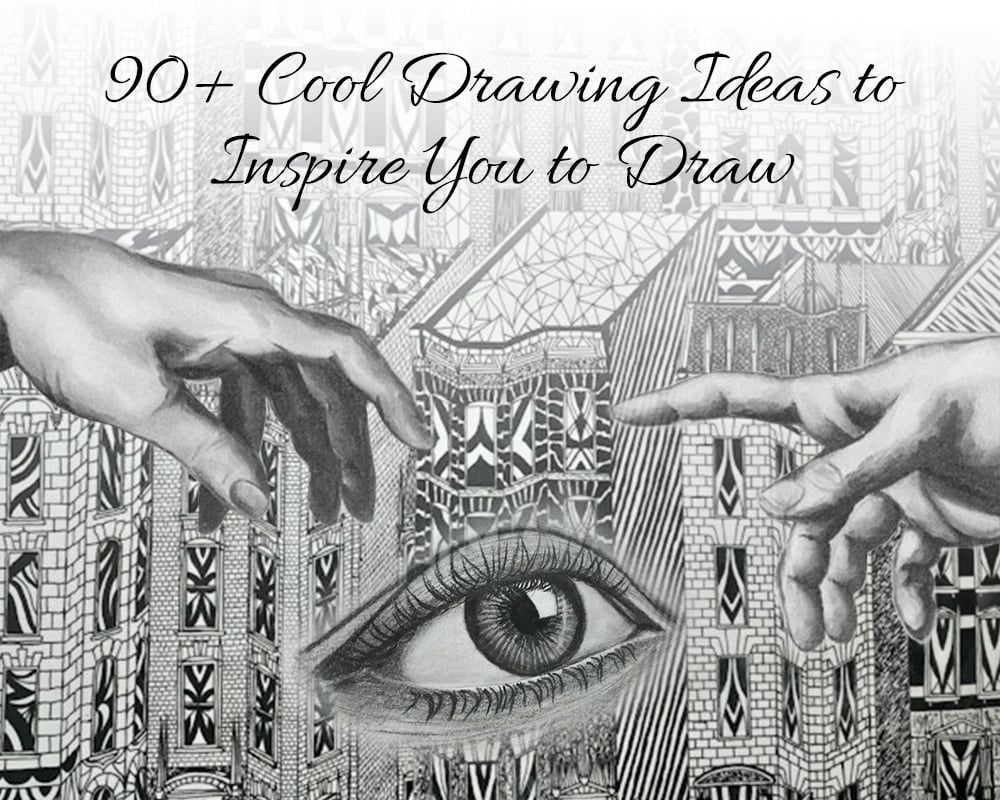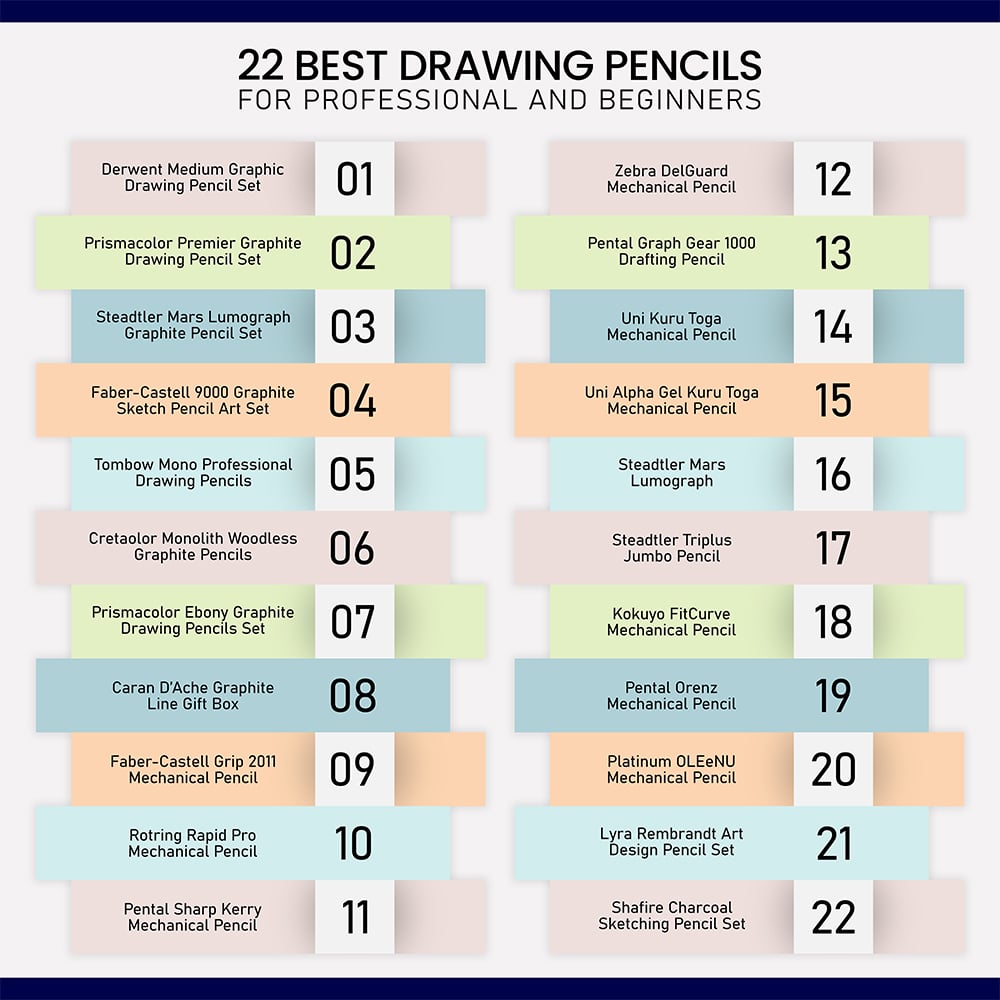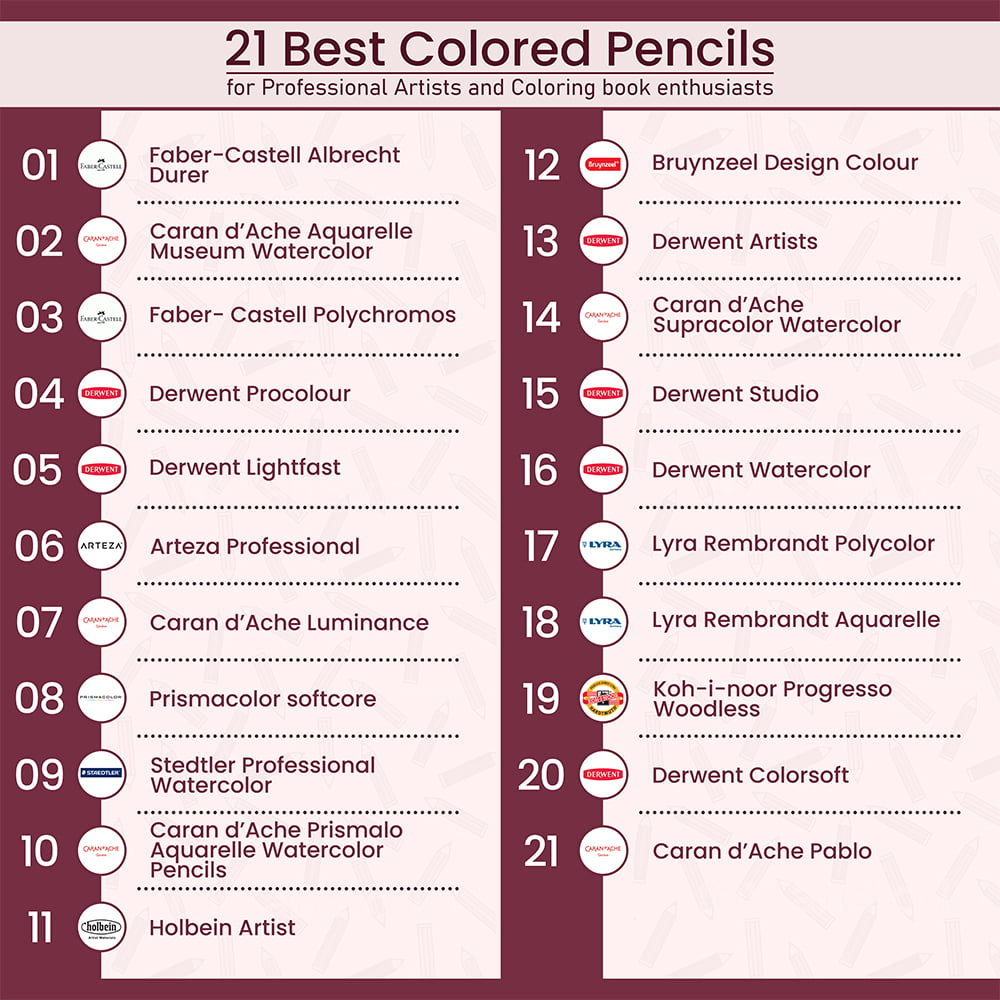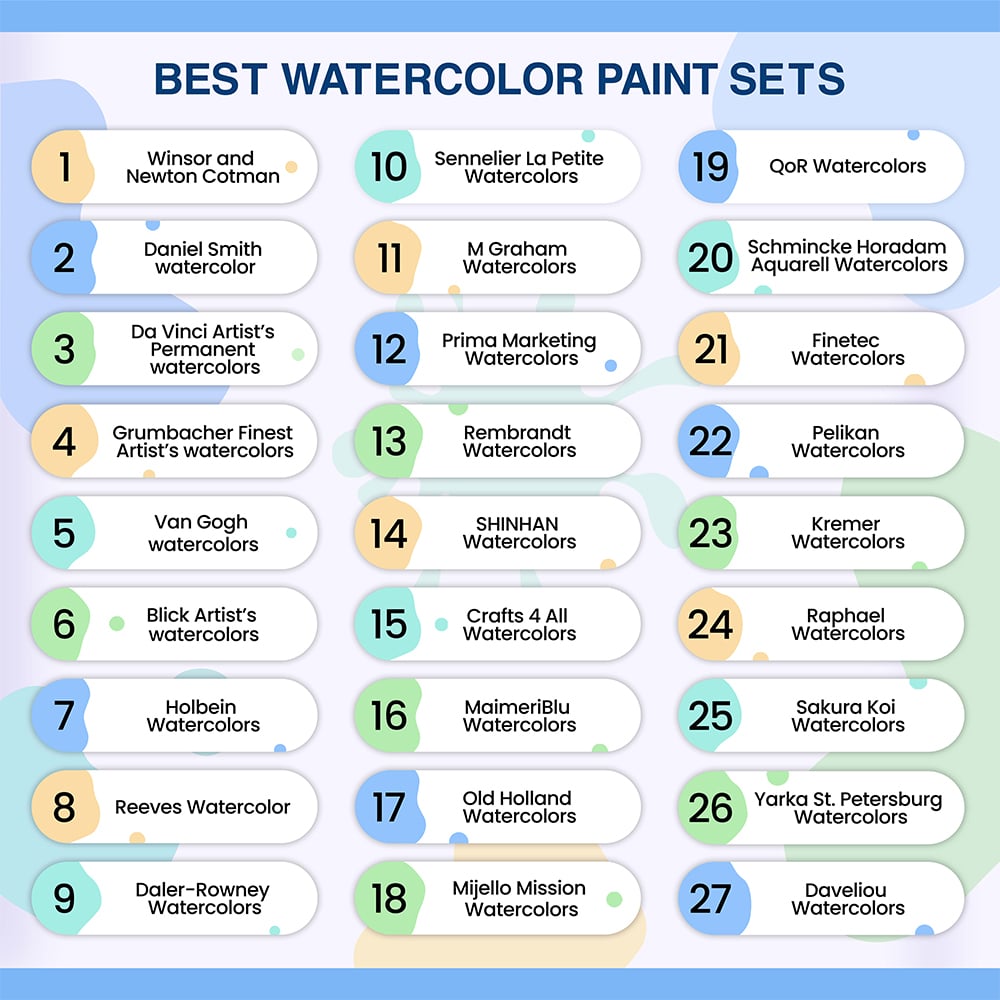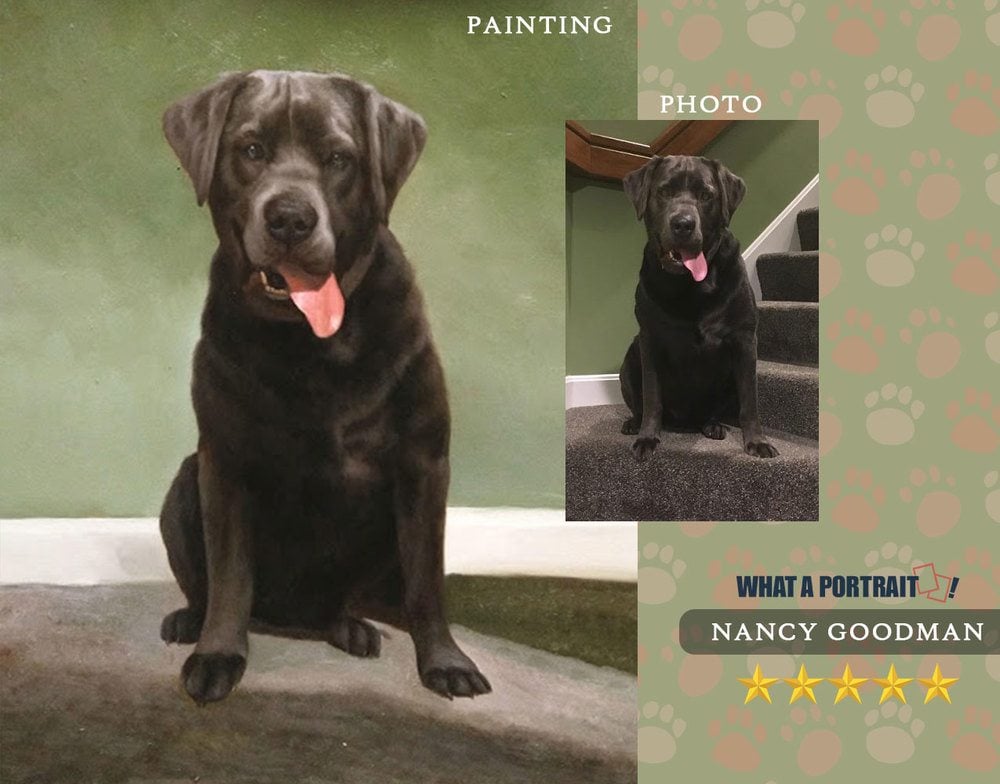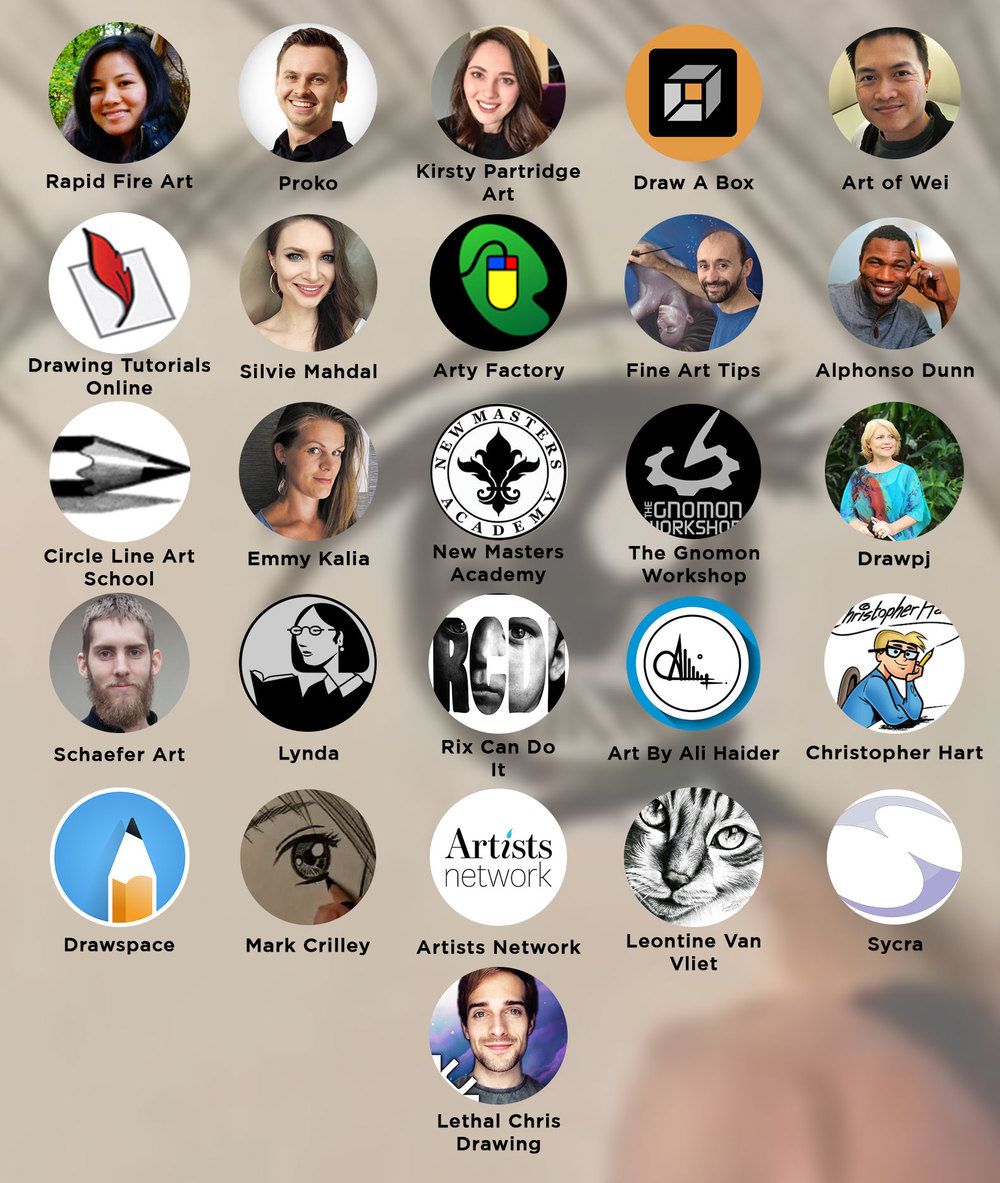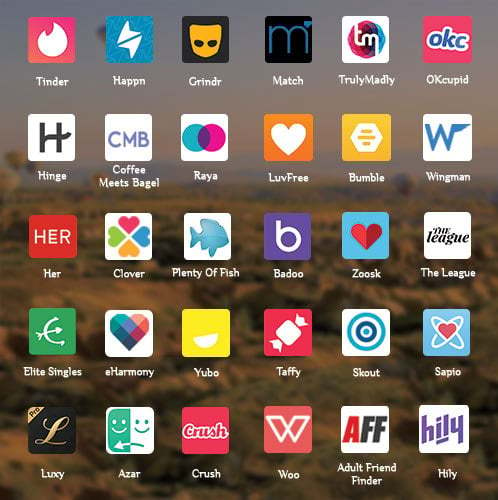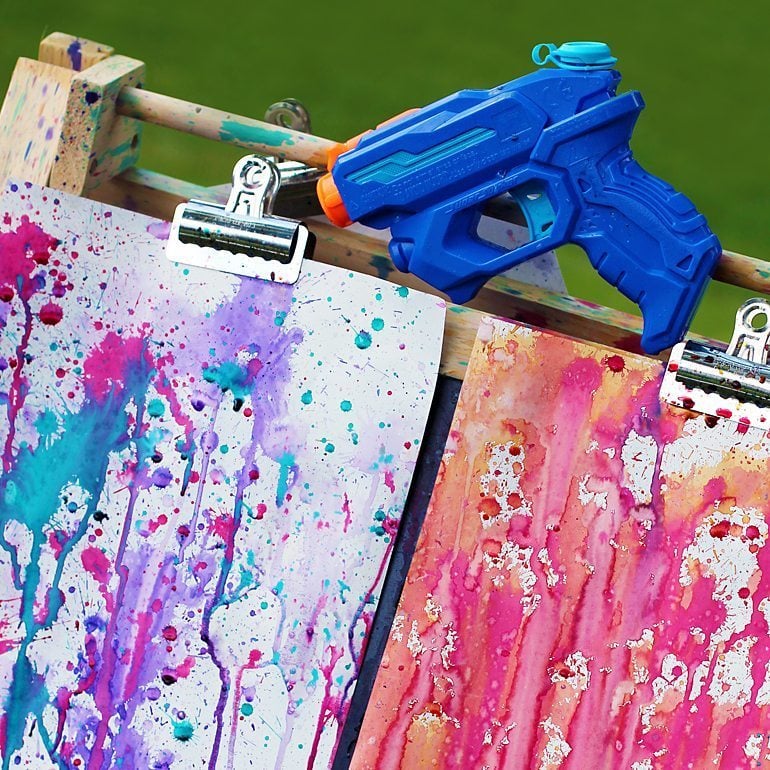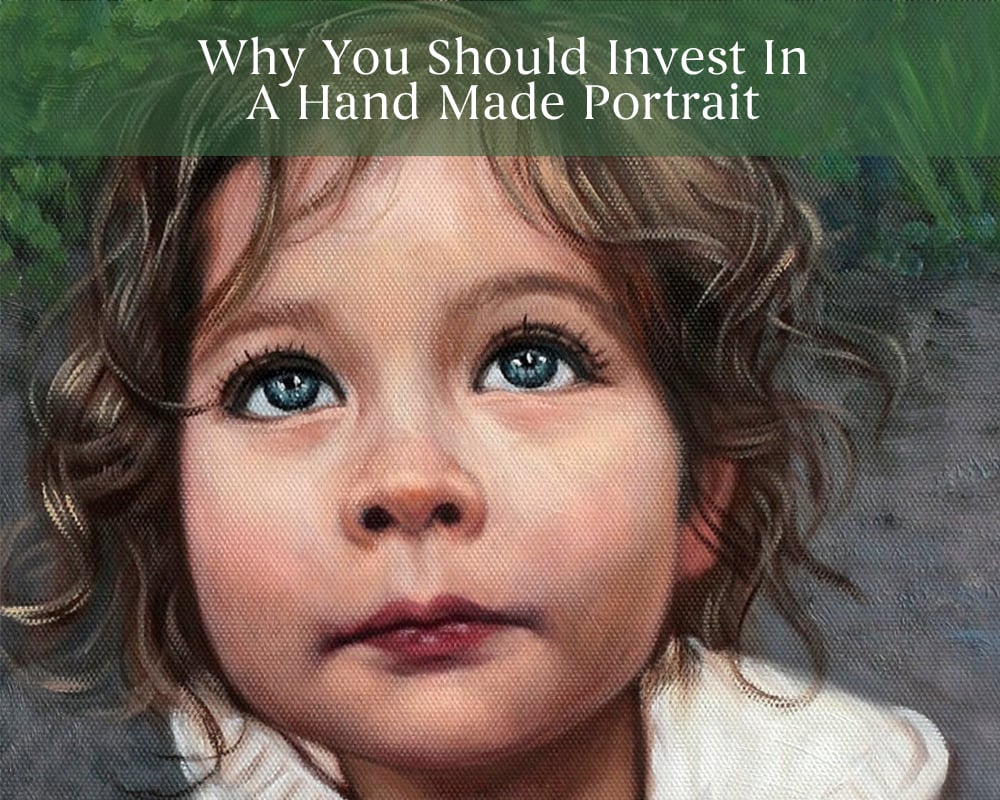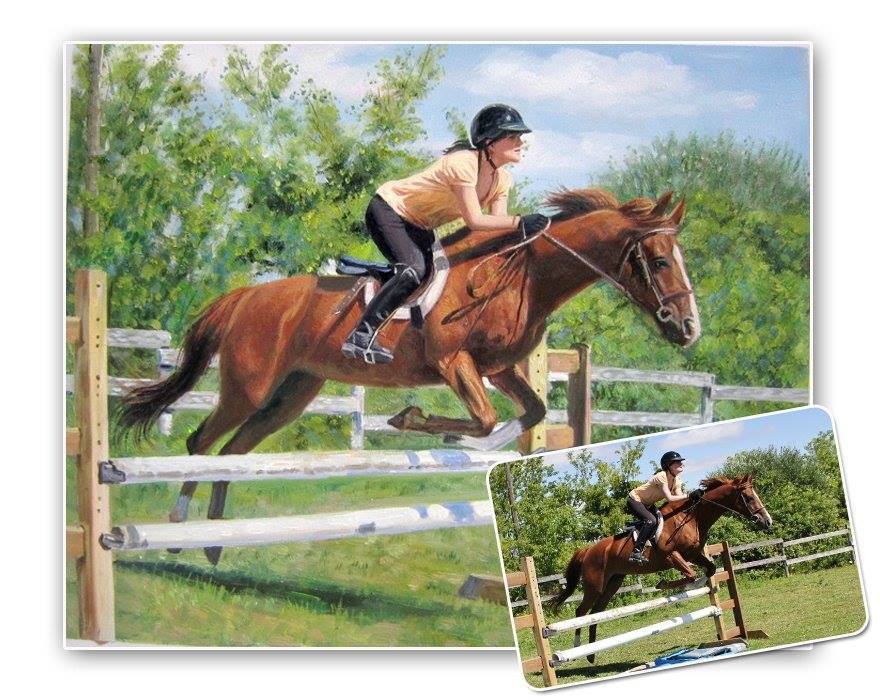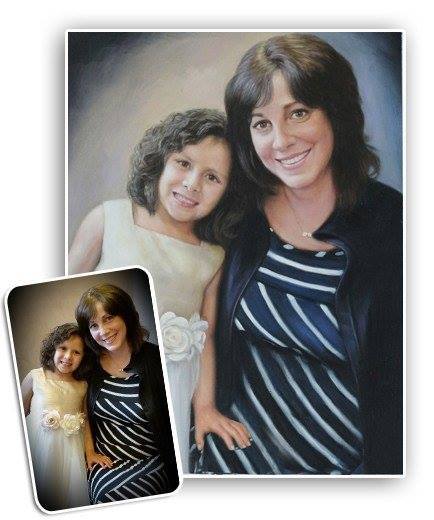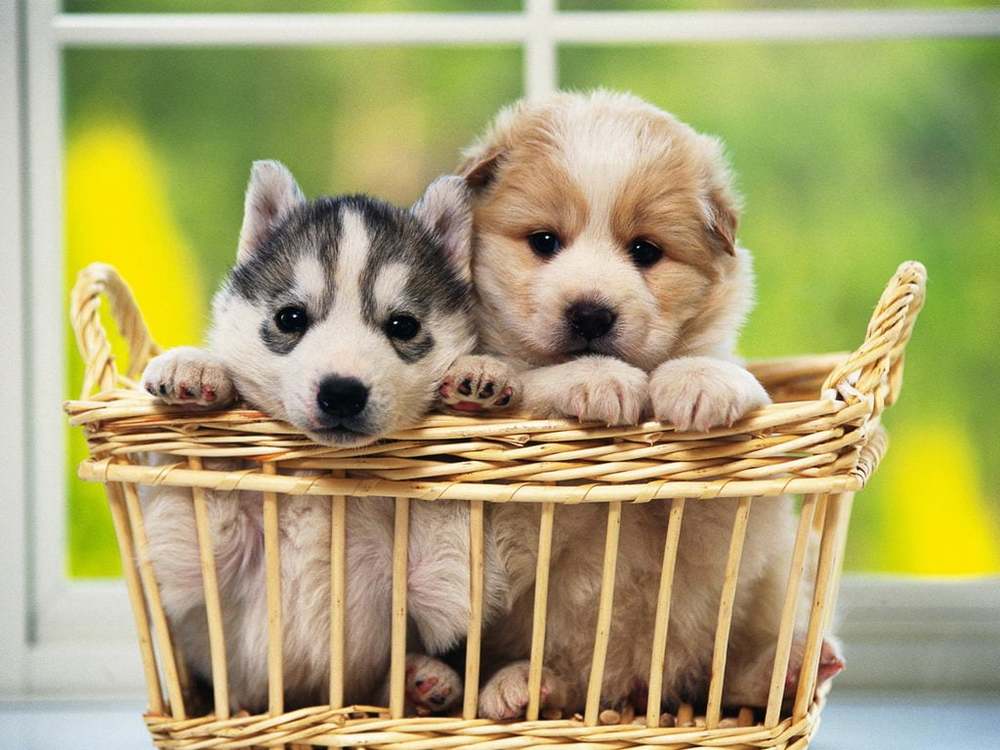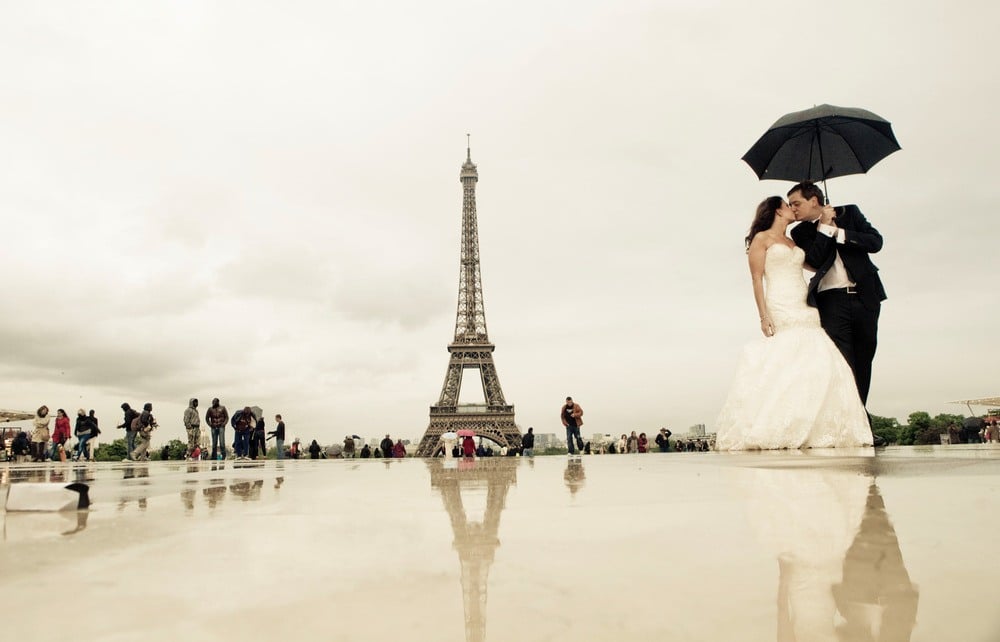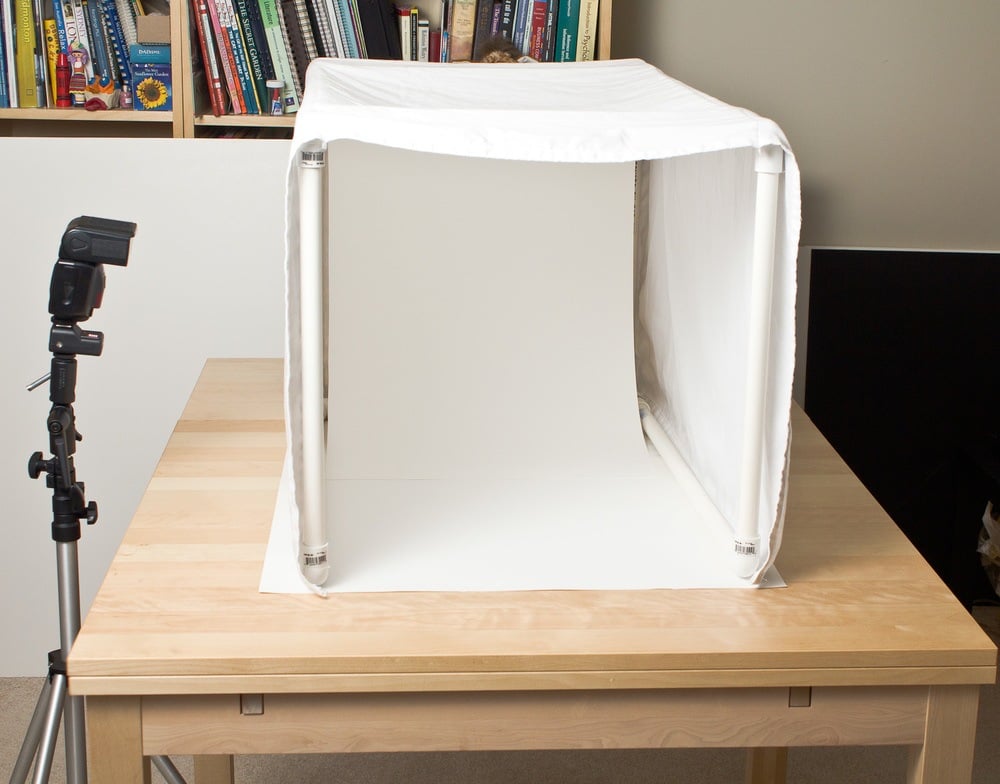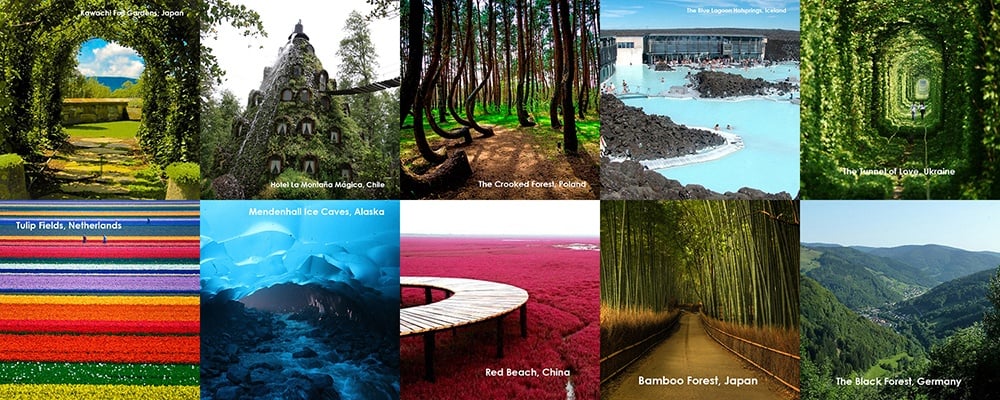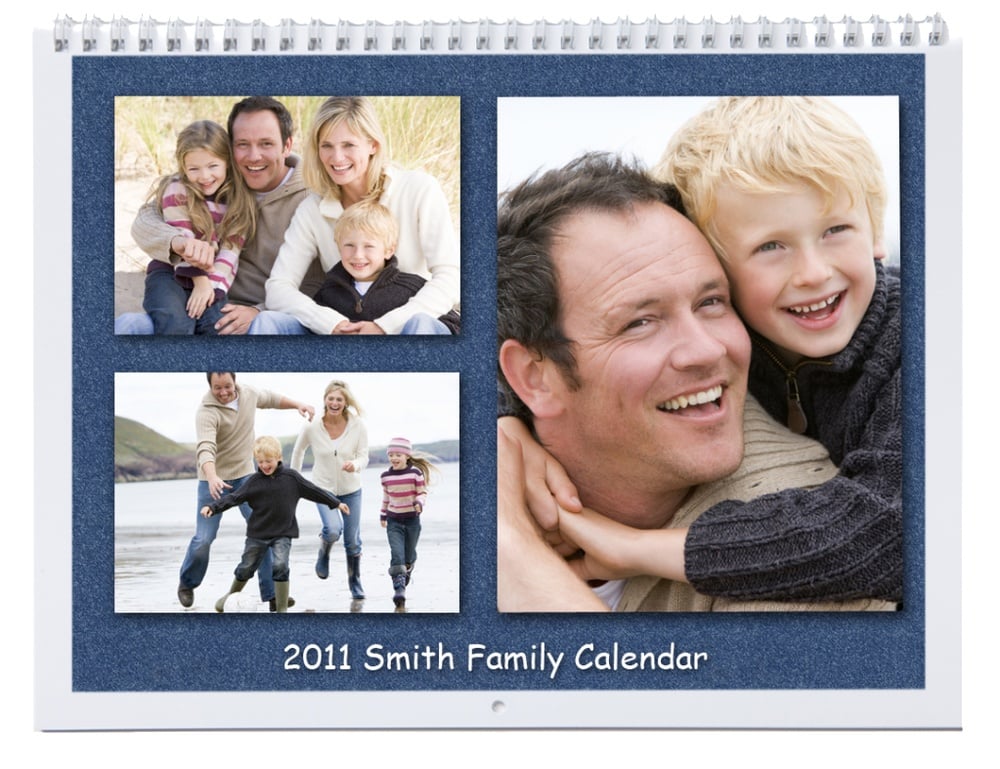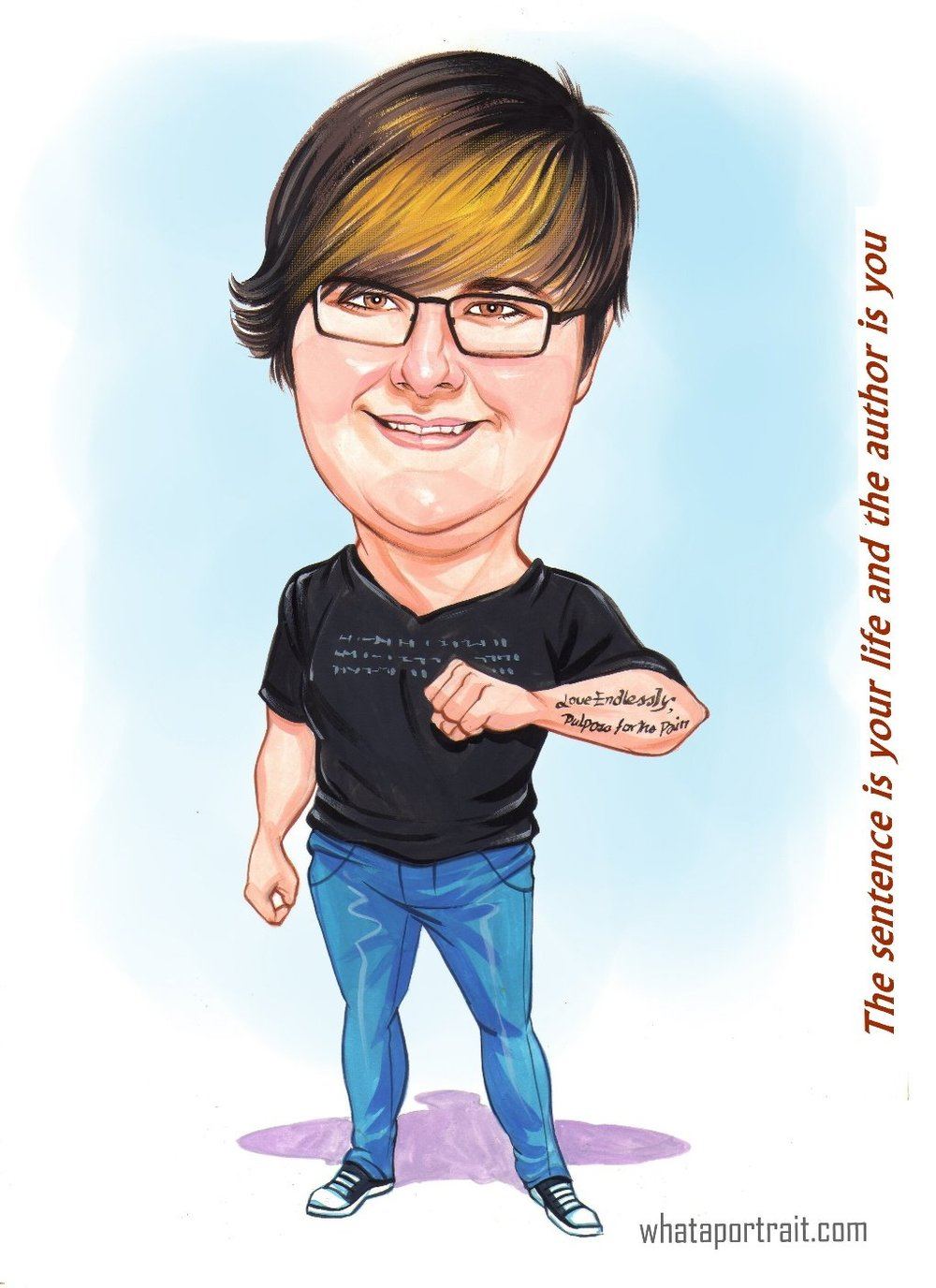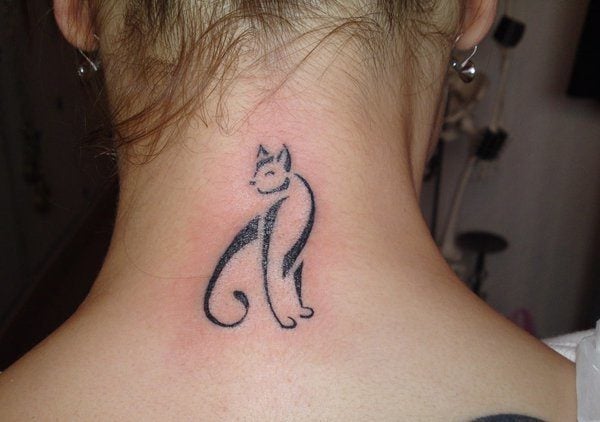Table of Content
Bukowski wasn't lying when he said that dogs and angels are not very far apart.
Dogs, adored by kids and adults alike, are the heaven-hounds that walk on earth, bestowing us with their infinite love, companionship, and loyalty. From being trained to walk backward to
solving simple math problems, the feats of these canine pantheons will have you bowled over!
From Bolt to Scooby-doo, Disney has not once disappointed us with their oxytocin-packed canine animated adventure blockbusters. We never get enough of their exuberant nature, luscious locks, and well-played tongue-teasing tricks, do we?

There's nothing like coming home from an exhausting day of school or work and being greeted with the warm embrace of your fuzzy furry friend. The whole world could collapse right before their eyes, but the sparkle of joy in their eyes upon reuniting with you would be untainted still, and that is not something you can put a price tag on.
Note to reader: This is a friendly reminder to pet your fur baby! – not only because it inherently feels good and is a great stress reliever but also because it lowers your blood pressure and stress levels while drastically enhancing your overall mood and behavior!
A homage to your pet dog through a cartoon drawing of them would make their day just as much as it does yours, and there's no better time than now to get started!
Cartoon drawings are a great starting point whether you're a rookie cartoonist, illustrator, animator, graphic designer, webcomic artist, or a concept artist looking for some creative spark. This simplified step-by-step guide to drawing cartoon dogs will make your life much easier!

But why cartoon dogs?
Well, a cute cartoon cat or dog can melt hearts! Cartoon dog drawings are enjoyable and easy to master by keeping them super simple and only exaggerating their most pronounced facial features. You can work backward or tweak individual parts by nailing down the most basic elementary shapes like squares, triangles, or circles, meaning there are no barriers to unleashing your creativity (or your four-legged cuddle bear) on paper.
If you're running out of ideas or need a reference image to guide you, apps like Prisma, ToonCamera, and ToonMe are great tools for cartoonizing your dog (that produce AI-generated cartoonized versions of real animals at an instant and on command!). But if you still like the old school pet portraits, you will going to love this too!

Materials Required
1. Paper
2. Pencil/Pen
3. Eraser
4. Pencil sharpener
Understanding dog anatomy
Proportions of a cartoon dog
Some questions worth asking yourself are:
- How long should the limbs be compared to their body?
- How would I like the size of the head to be?
- How would I like the length of their neck to be?
Dog legs can be tricky to draw since what we think is a dog's elbow is its ankle. For example, Dogs' upper leg bones appear shorter than lower leg bones.
The first step is to understand the structure of a dog skeleton so that we can break it down into simple circles and polygons and then vary it accordingly depending on the breed type. The next step is to understand the role of joints in giving dogs mobility and flexibility (similar to cats). The third step is to add musculature to their body. Avoid making the nails too sharp for the paws since they are identical to cat paws and functionally different from claws.


Key features to focus on
- Ears: floppy, upright, button, or folded over?
- Tail: short or long?
- Nose: Broad muzzle or long and narrow?
- Body type: Large, medium, or petite build?

Step-by-step guide: How to draw a simple cartoon dog
Before beginning the drawing, make guidelines that make it easier to map out which features fall into which zone of the face. Take a piece of paper and draw two lines i.e., both a vertical line (AKA center line that divides the face in half) and a horizontal line (markers for the eyes) Now let's briefly look at how to draw sitting cartoon dogs!
Step 1: Drawing the dog’s head
Begin by making a basic oval shape.

Using the guidelines, make an oval shape with your sharpened pencil to outline the head.
Adding ears and other facial features.
Draw the floppy ears by making two ovals slightly apart in a drooping fashion.
Continue drawing two small black circles for the eyes and place them in the horizontal line. Now make two small arches for the eyebrows. Draw a flat oval just above the muzzle to indicate the nose.

Step 2: Drawing the body
Visualize the body shape you wish to draw and outline it carefully. Now sketch out the front legs. As shown here, draw lines on the feet for paws and elongate the neck.

Step 3: Drawing the hindlegs and tail
For each hind leg, draw two large ovals slightly cylindrical at the bottom end of the body, the overlapping circles distinctly mark their feet.
For the dog’s tail, draw two lines that curve off at their meeting point like this. The curved lines pointing outwards represent the tail.


Step 4: Drawing the final details
Eyes are the windows to the soul, so make sure your dogs' eyes tell a story.
For the dog's eyes: draw two circles on each side and make a concentric circle within each at the inner corners. You can also make them expressive by highlighting them where necessary to make them sparkle. Feel free to give them eyelids and eyelashes and keep experimenting with their emotions until you're satisfied with your finished drawing.
Whether a cute button nose or a flat snout, your cartoon drawing is only complete with the nose intact. Keep adding details by playing with oblongs, triangles, or circles.
Use a U-like shape for the mouth and tongue to make the mouth hang open or closed.
Sketch the face out fully by tracing each facial feature at a time.
Add spots to the tail or body to make your home hound more perky! Remember to add some teeth to the lower jaw so that he can flash his winning puppy smile!
Make sure to erase any unnecessary lines.

Step 5: Adding simple fur details to your cute cartoon dog
Feel free to spruce up your cartoon dog by making it as furry or fluffy as you like. Adding shadows, colors, and fur lines as a finishing touch will refine your cartoon drawing.

Adding variations to your cartoon dogs
1. Classic Terrier
For these spunky square-jawed wonder dogs, don't let their small stature and body frame fool you. They have thick and muscular necks. Other distinctive characteristics worth noting are their pointy triangular ears, bushy facial features (eyes, eyebrows, mouth, and legs)
2. Collie
This well-groomed breed is mid to large-sized and possesses sharp facial features. They come in 2 different variants: one of medium build and a long outer coat (Rough collie) and the other of a much smaller build and shorter coat (smooth collie). They look rather vigilant with ears that perk up, indicating their curiosity and intelligence. Their thick and exquisite fur coat is their trademark.
3. Chihuahua
beloved by many for their diminutive size, this adorable toy breed is known for its apple-shaped (or deer-shaped) heads, erect ears, and glinting expressive eyes. Their miniature size does not stop them from being energetic runners. They come in various colors and patterns and can be long or short.
4. Saint Bernard
This vivacious large-sized breed is known for its tenacity and muscular build, with its most distinguishing feature being its long flapping jowls and wrinkled brows. They have floppy ears, dark droopy eyes, and a mid-sized tail. Their large cranium makes their head appear somewhat blocky.
5. Beagle
This happy-go-lucky dog breed has a squarish muzzle, broad nose, and long floppy ears. They are broad-chested, with big dreamy brown eyes and a sleek body. Their coat is short and flat and come in a variety of colors.
6. Welsh Corgi
This fluffy spitz-type breed is favored for its upbeat personality. Welsh Corgis are long-bodied with large heads propped up by their short and stout legs. They are known for their "splooting" posture, where they rub their belly against a surface with one or both legs splayed out, giving them a cute yet comical frog-like appearance.
Despite their modest build, they are known for their pugnacity and come in 4 colors.
7. Basset hound
This laid-back mid-to-large-sized breed of dogs is best known for their long floppy velvety ears and high stamina. Their chief characteristics include short, crooked legs, wrinkled foreheads, jutting lips, and sorrowful eyes. They are long-bodied yet short-legged, giving them a rectangular appearance.
8. Dachshund
This unique yet frisky breed is known for its long body and sturdy legs and is of 2 different variants: a standard and a miniature one. They have almond-shaped eyes and triangular high-set ears. They also possess strong jaw bones projected by their sharp teeth and canines. Dachshunds are rarely seen in single colors and are often spotted in color combinations like black and tan, black and cream, brown and tan, and chocolate and cream.
You may also look up drawing tutorials online or on YouTube to get a more in-depth and comprehensive understanding and learn how to sketch other dog breeds, as these drawing tutorials are beginner-friendly. Use it to improve your drawing skills, build off of and fully flesh out your rough-hewn cartoon-style dog sketches.
Playing with expressions and emotions
The placement and shape of eyes, brows, mouth, and nose are crucial to determining the facial expression of your cartoon dog.
The shape of the eyes changes depending on the appearance, size, and placement of the brows, eyelids, and orbital sockets. Narrowing this eye area can make them look agitated or furious. This intense cold stare is referred to as "hard eyes." Squinty or "soft eyes" generally indicate appeasement to the owner.
If the ears are floppy and hanging forward, it suggests that they're relaxed. Erect ears that poke upwards indicate high alertness or apprehension, and ears tilted backward signify that they're submissive.
The mouth shape (especially the upper lip) varying in degrees can also dramatically alter their expression. By adjusting the brows and the corner of the mouth, you can play with a wide bracket of emotions ranging from alarmed to suspicious to embarrassed.
Baring the front teeth brings emotions like anger and embarrassment to the surface. While spiked teeth are great for snarls, consider making the teeth blunter and broader for a worried expression.
Understanding a dog's body language
Dogs display a wide array of gestures to convey different emotions and feelings. While most of us are familiar with the irresistible "puppy-eyes" that work to their advantage, letting them get away with mischief, there are other more mystifying facial expressions that aren't as easy to read into. Let us now have a look at a few commonly seen ones.
1. Bowing
Through this posture, the dog initiates play, marked by its tail hanging out, wagging in a zig-zag fashion, and its mouth agape with its tongue out.
2. Belly up
This posture indicates submissiveness and that it puts complete trust in you. Here both the paws and tail are tucked in.
3. On all fours
The eyes may be half closed, with their neck muscles and nose relaxed. This is a sign of engagement and closeness.
4. Yawning
Interestingly, yawning is thought to be a defense mechanism allowing them to stay calm (and disarm others) in an otherwise stressful situation; according to Turid Rugaas, author of On Talking Terms With Dogs: Calming Signals, it may also be indicative of drowsiness, displeasure or discomfort.
5. Licking
Licking their nose or other body parts is instinctual to dogs and usually is a form of self-grooming and bonding, but it could also point to other things like confusion, discomfort, or frustration.
6. Body leaning backward
If the dog throws all its body weight backward, it shows signs of refusal to cooperate with the circumstances. It is discordant with whatever is happening to it or its immediate surroundings.
7. Cringing
Here the dog winces by making its ears rounder and smoothening its forehead. The body and tail may be lowered as it raises a paw. This is usually in response to a fearful object like a giant dog or human.
8. Stiffening
If their entire body stiffens or freezes, they may growl and show teeth, glare with the only whites of their eyes, wrinkle their nose, or bark aggressively in response to the object of their fury.
9. Tail wags
Tail wags suggest a wide range of emotions: a raised tail indicates excitement. In contrast, a wagging one with a defensive posture and intense stare suggests excitement mixed with frustration. A lowered tail indicates fear or apprehension, while an outstretched and curled tail may mean that mood is tense and they're prepared to attack or defend upon situational demands.

The above chart depicts the underlying emotions displayed through dogs' body language.
Conclusion
Drawing cartoon dogs is a fun and simple activity that anyone can enjoy, regardless of age. Begin by making guidelines for your cartoon dog. Start with an oval shape for the face, then add the rest of the facial features. Draw the midbody, elongate the neck, and add paws. Sketch out the hind legs and the tail. The last step is to touch up on the finer details, such as the eyes, by giving your dog the eye glint for added expressiveness, enhancing any prominent facial features, and adding colors and spots to the tail and body to your finished dog cartoon drawing as this is what truly animates your finished drawing. Once you have confirmed your breed, add variations to the selected breed type. Keep experimenting with different poses, gestures, and facial expressions, and remember: "There are no mistakes, only happy accidents" Your very first cartoon dog drawing might not turn out perfect, and that's okay! Practice makes perfect, so keep trying until you're proud of your finished cartoon dog creation!

